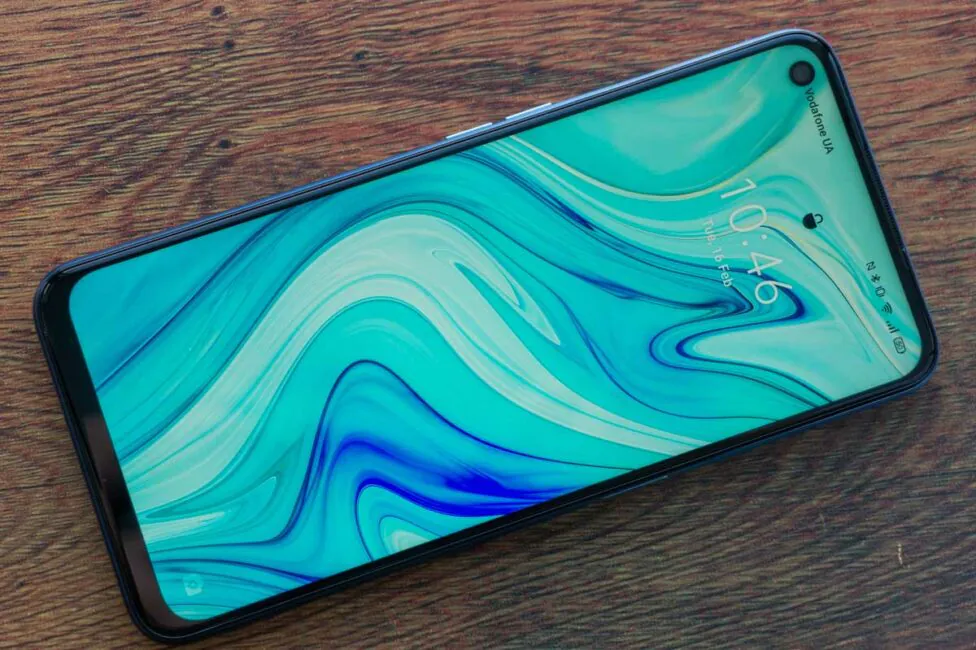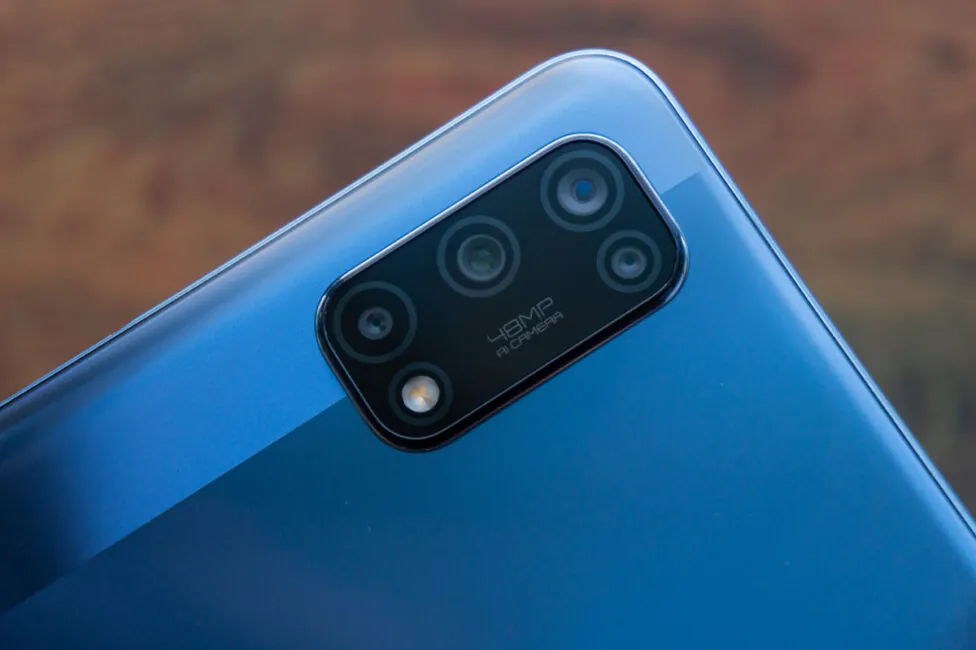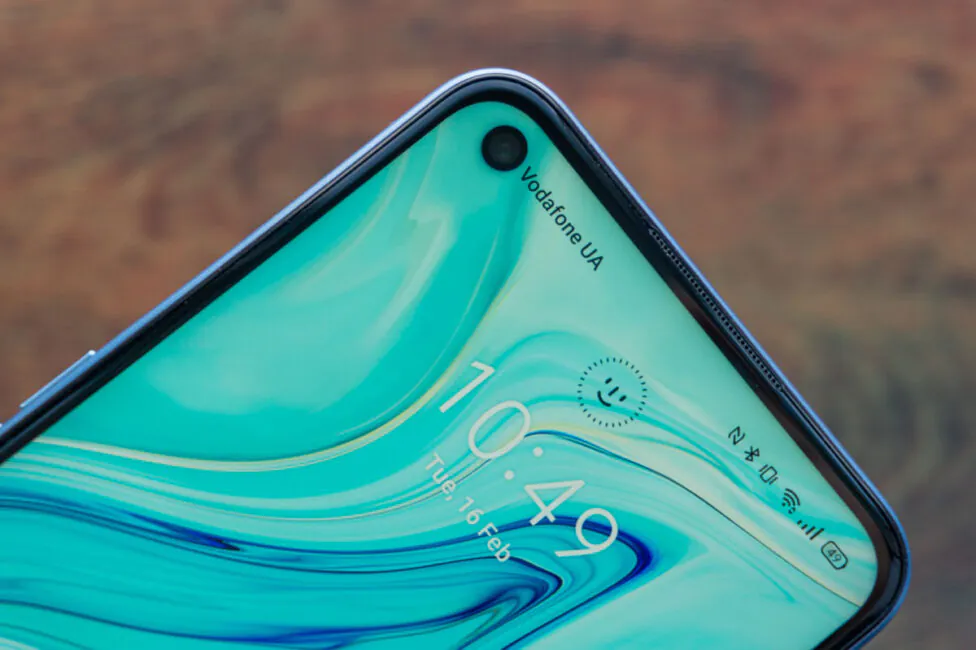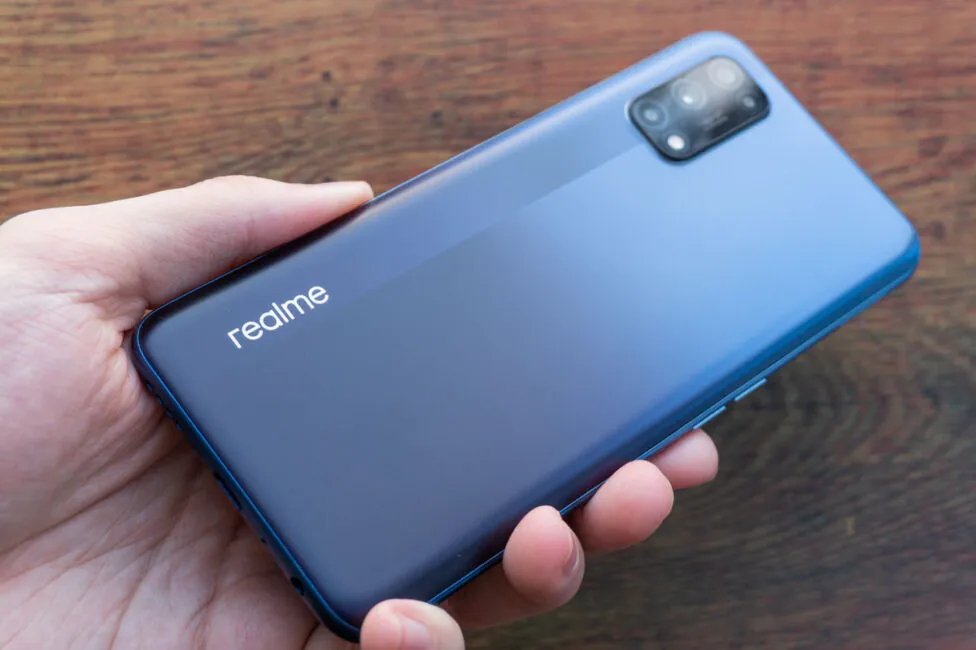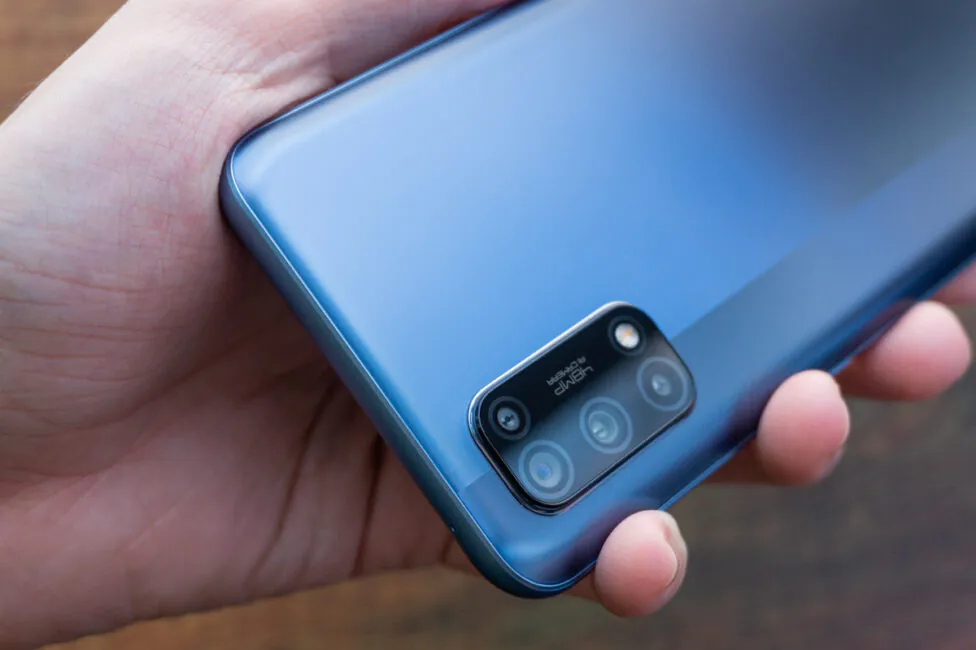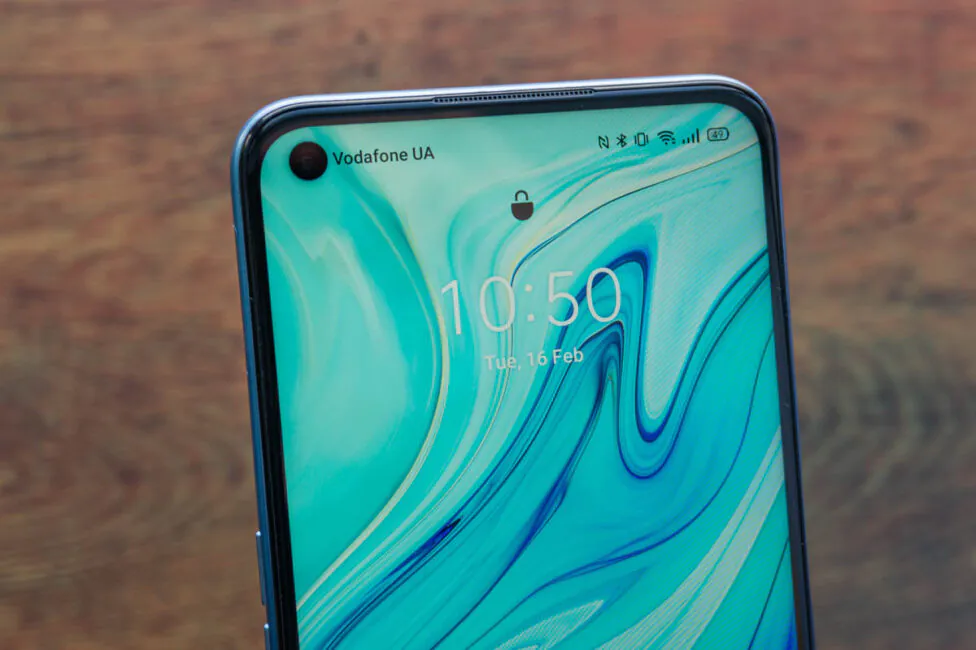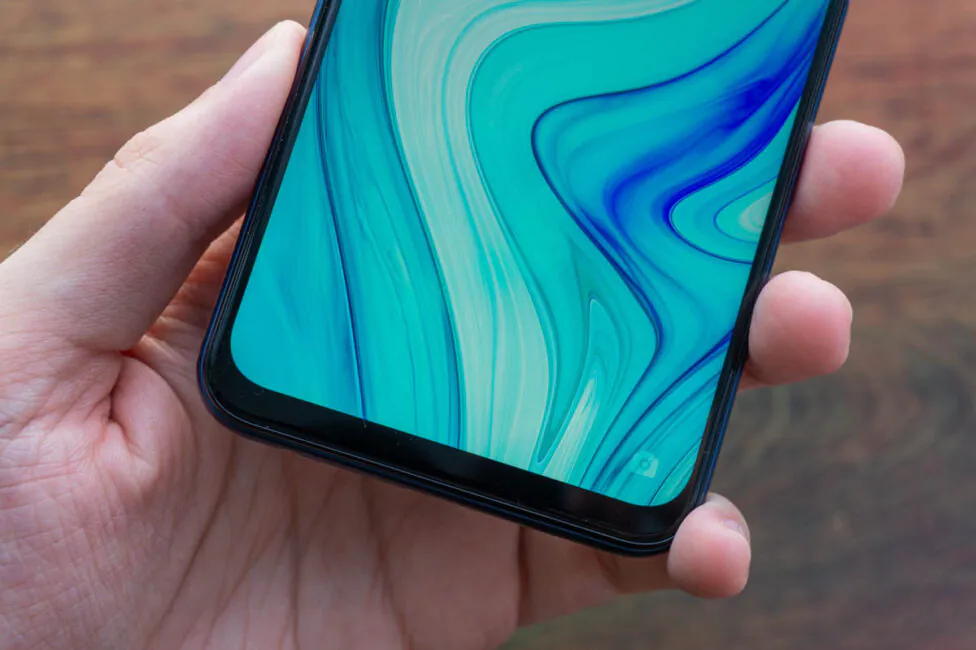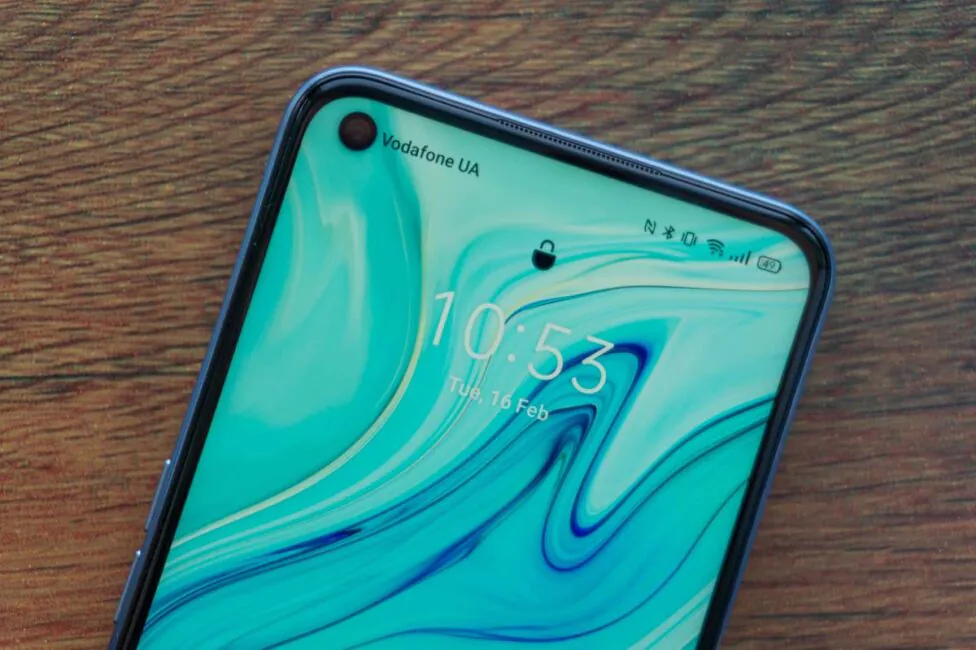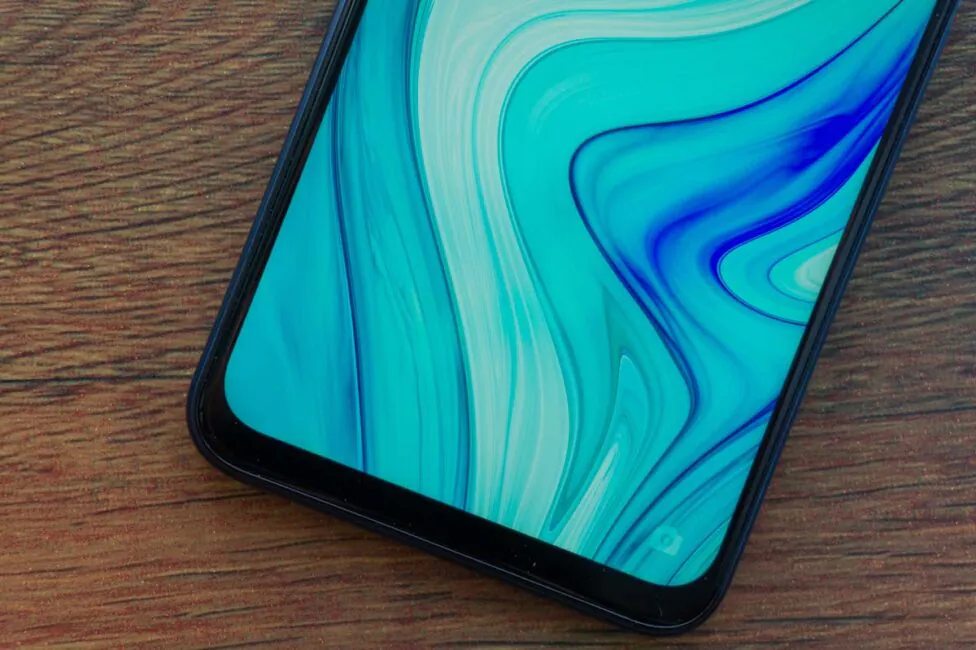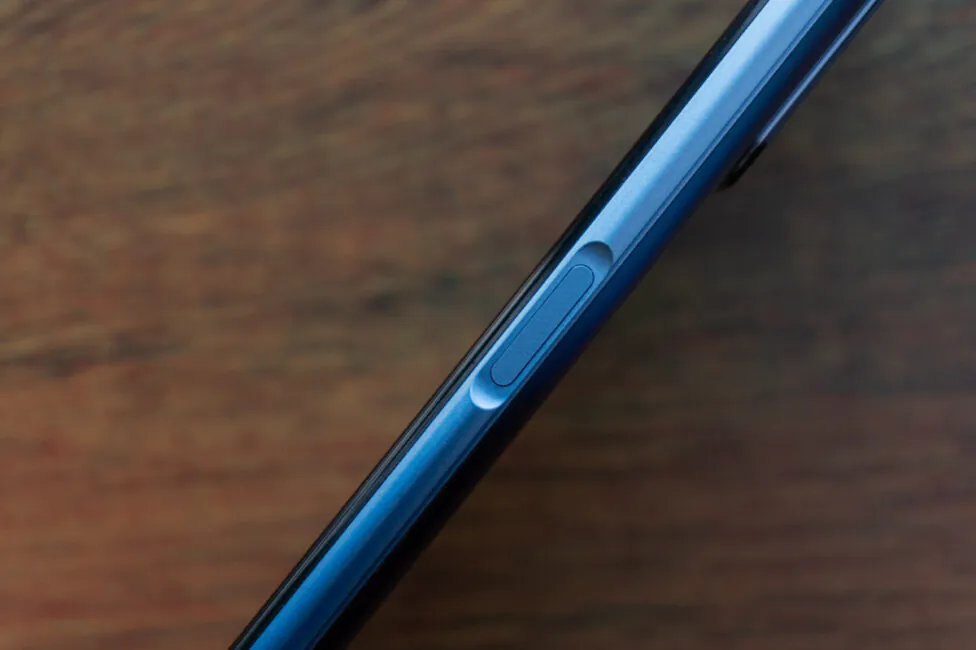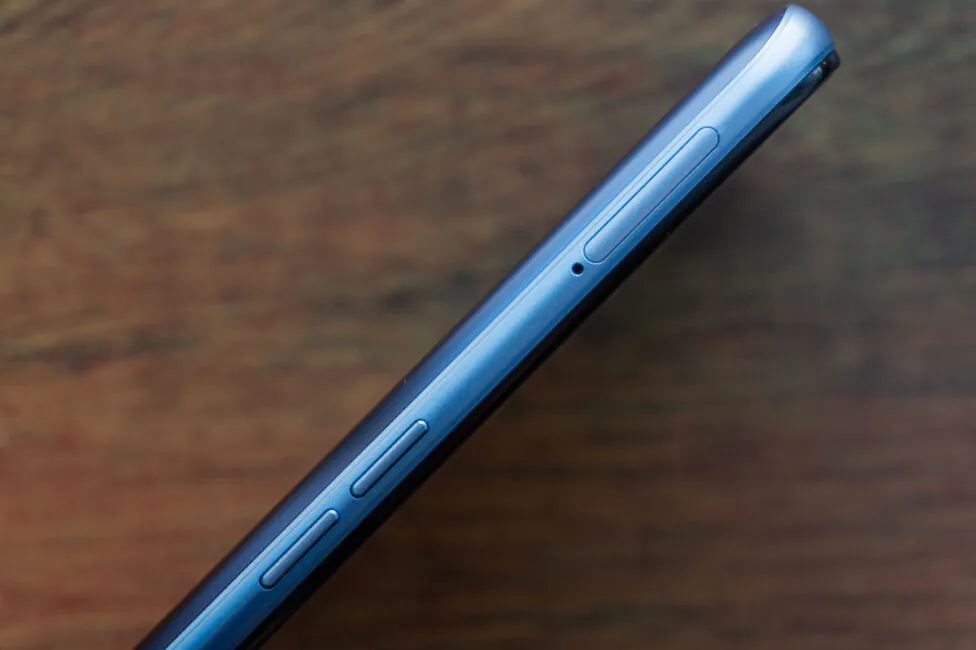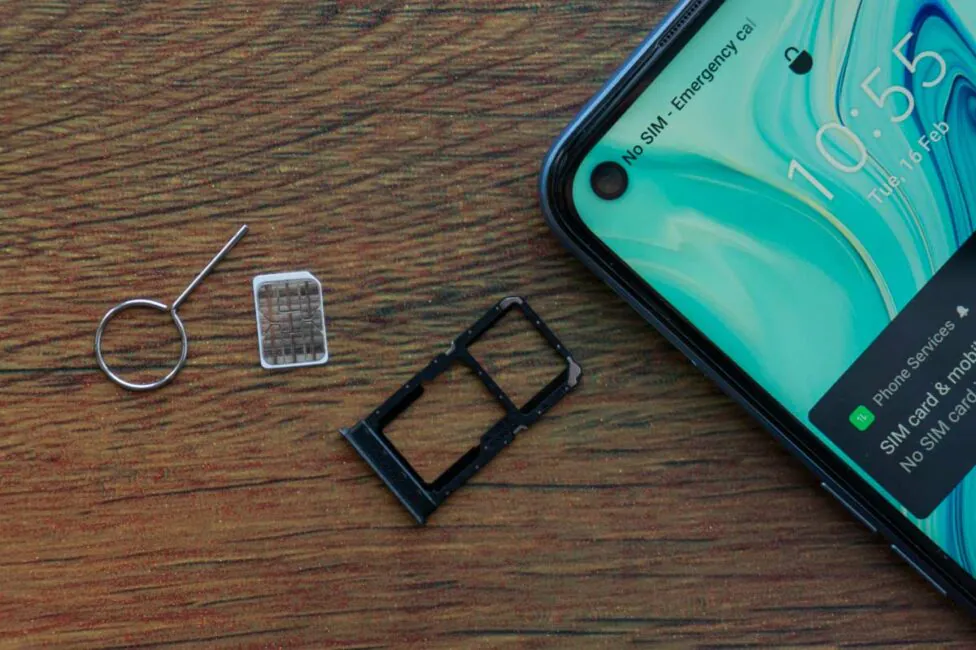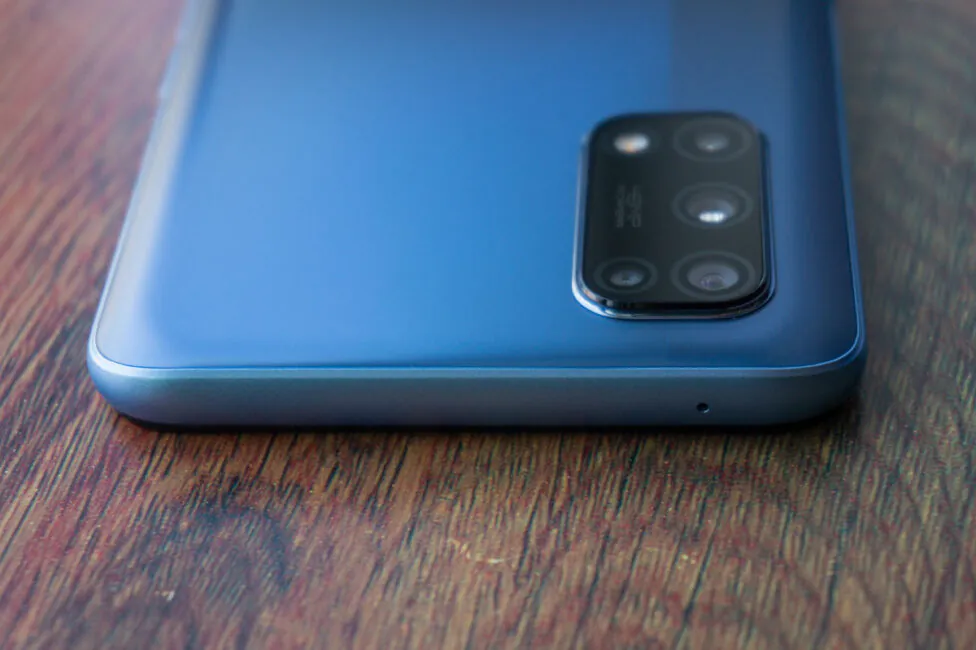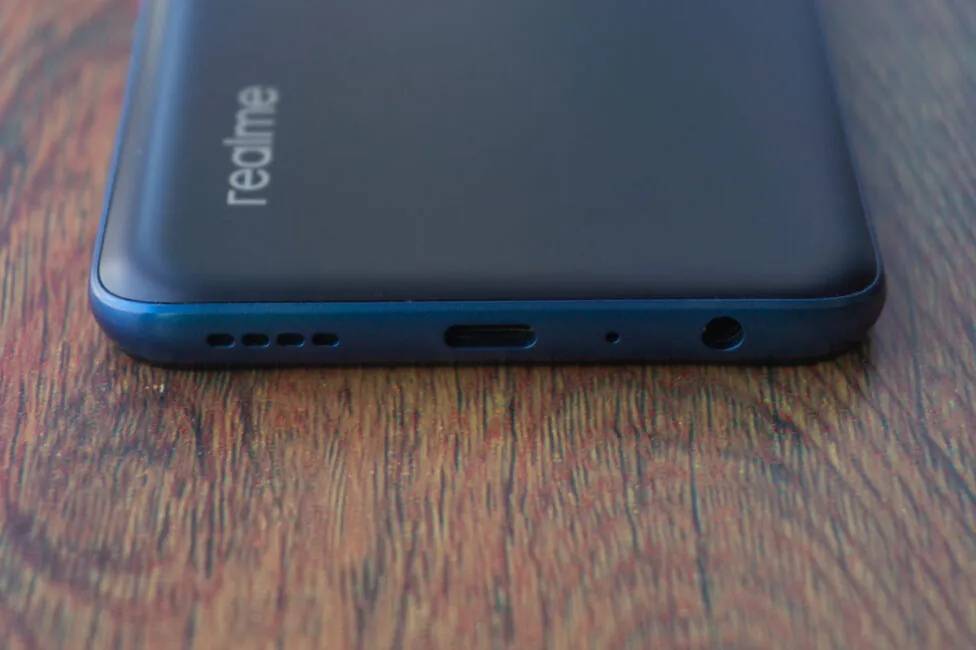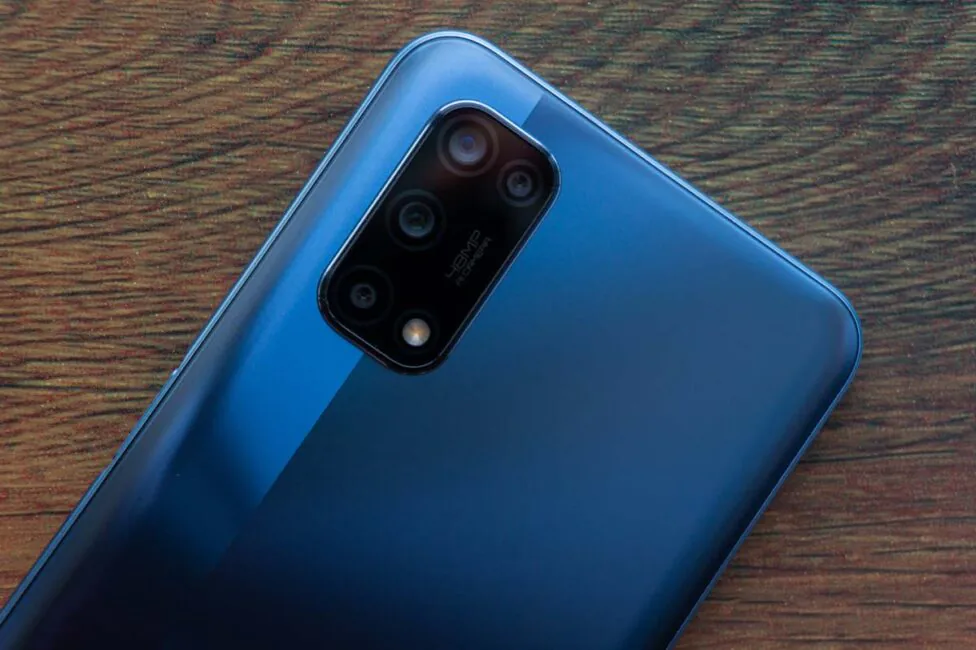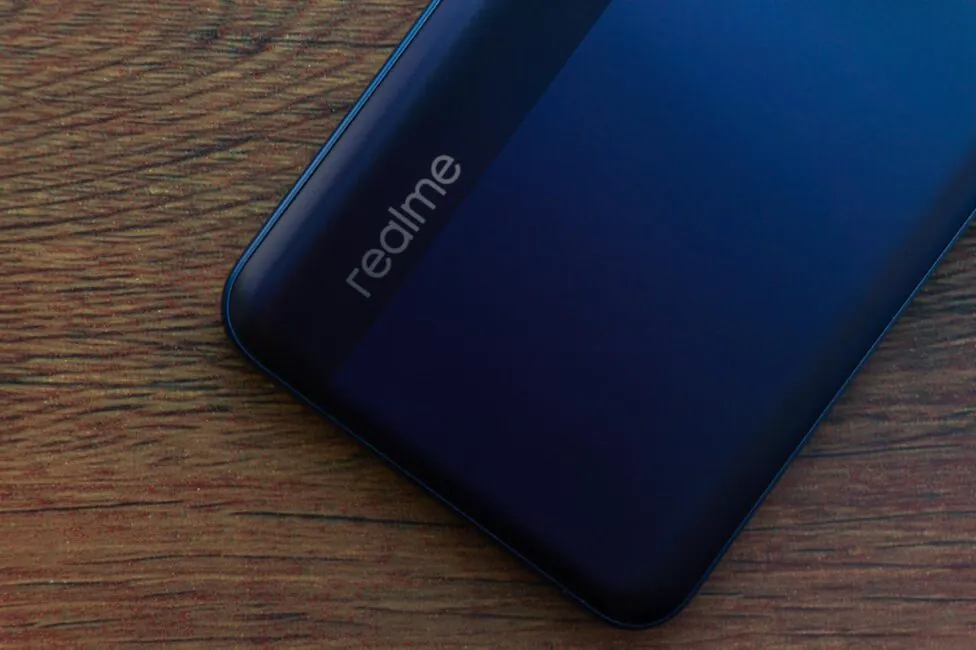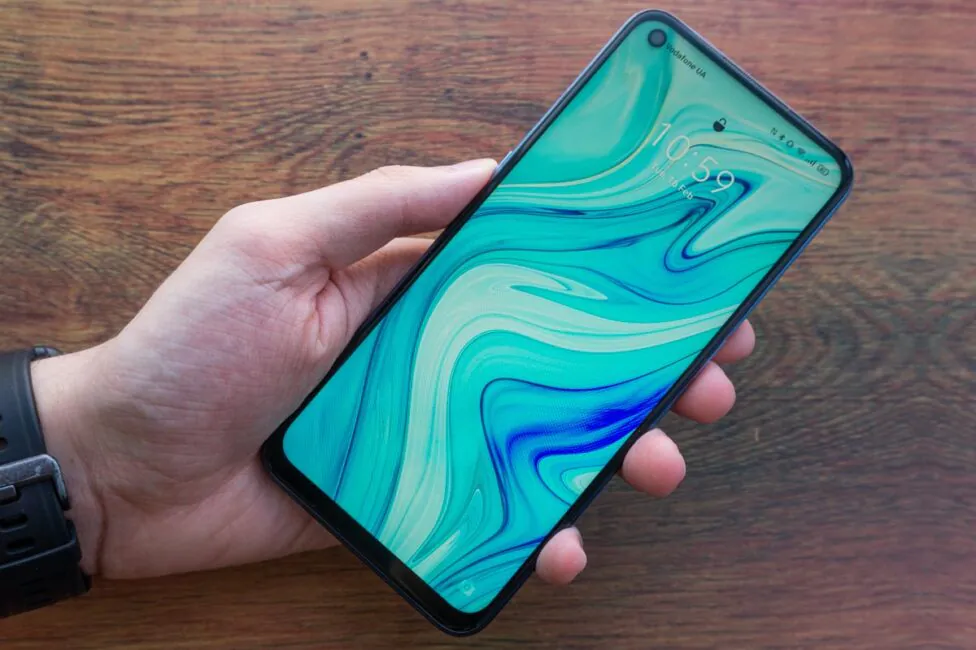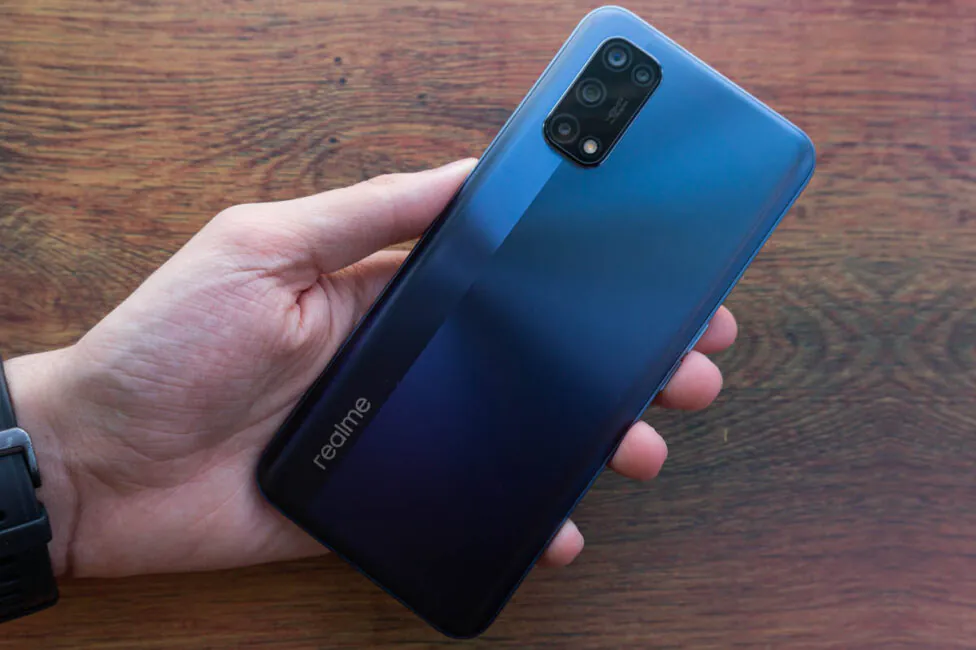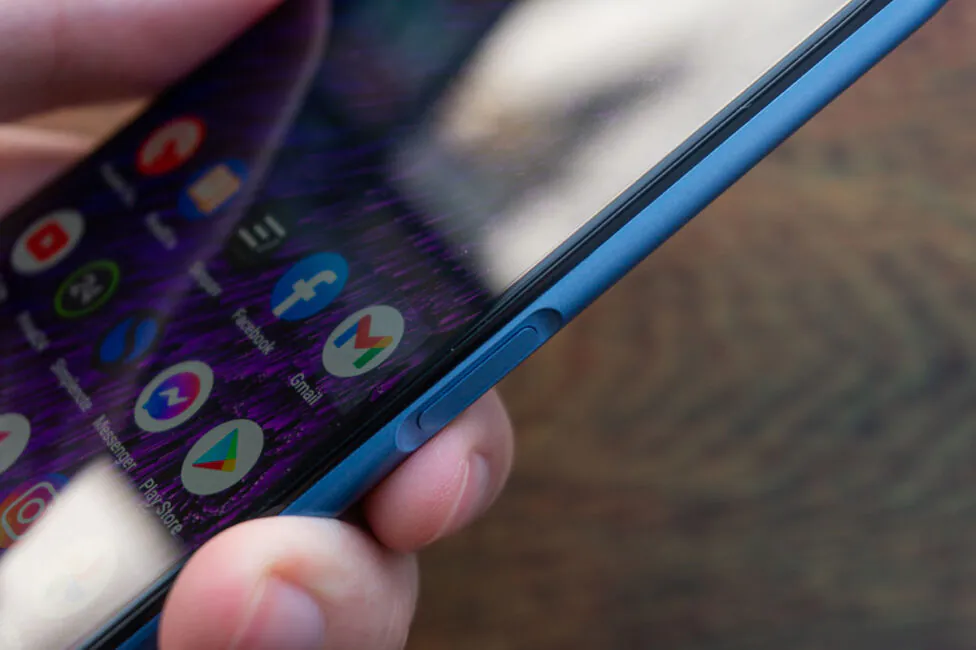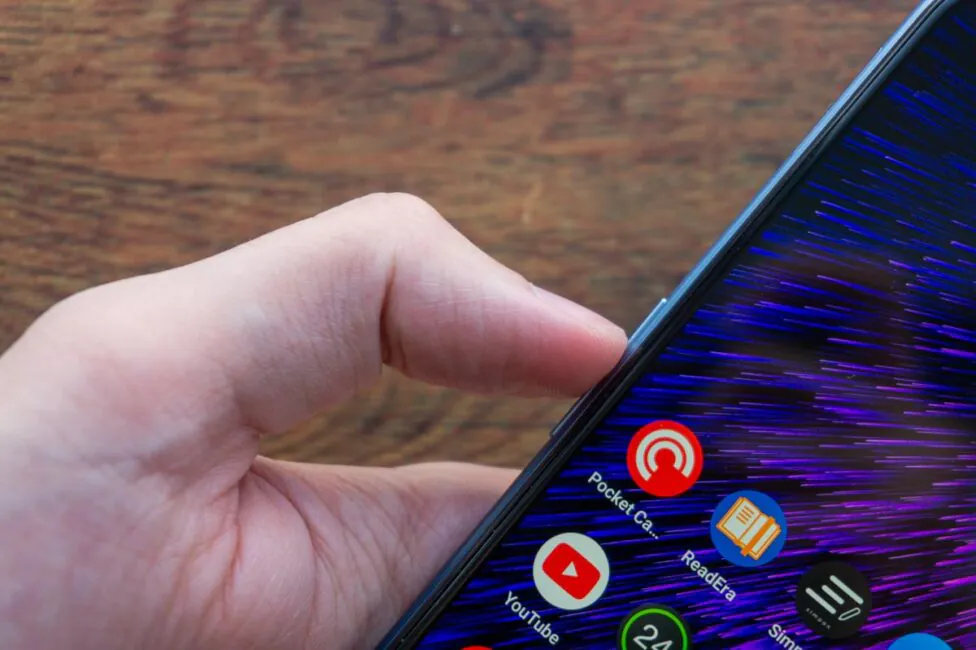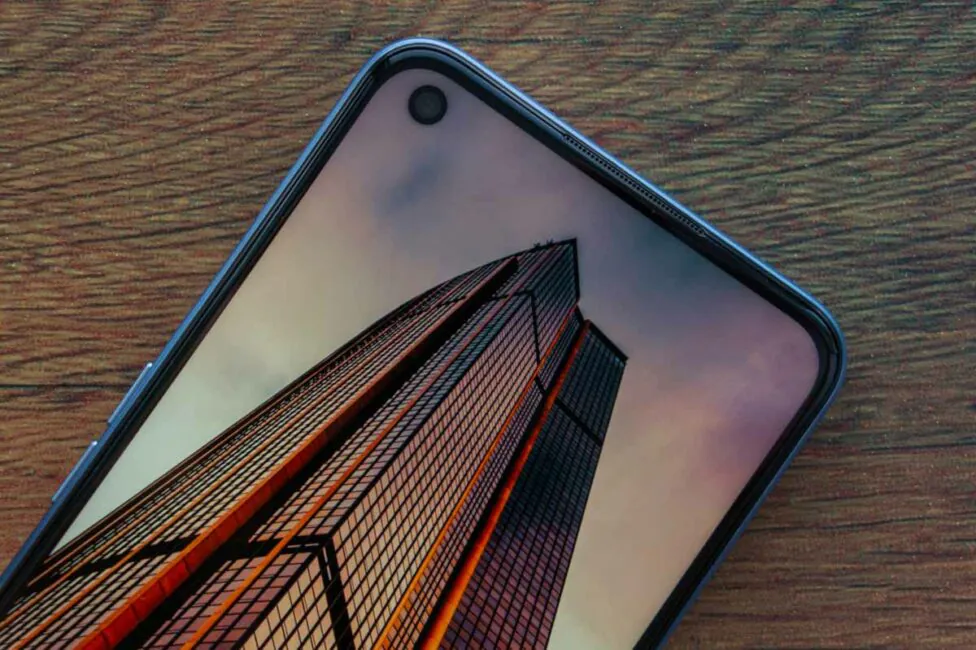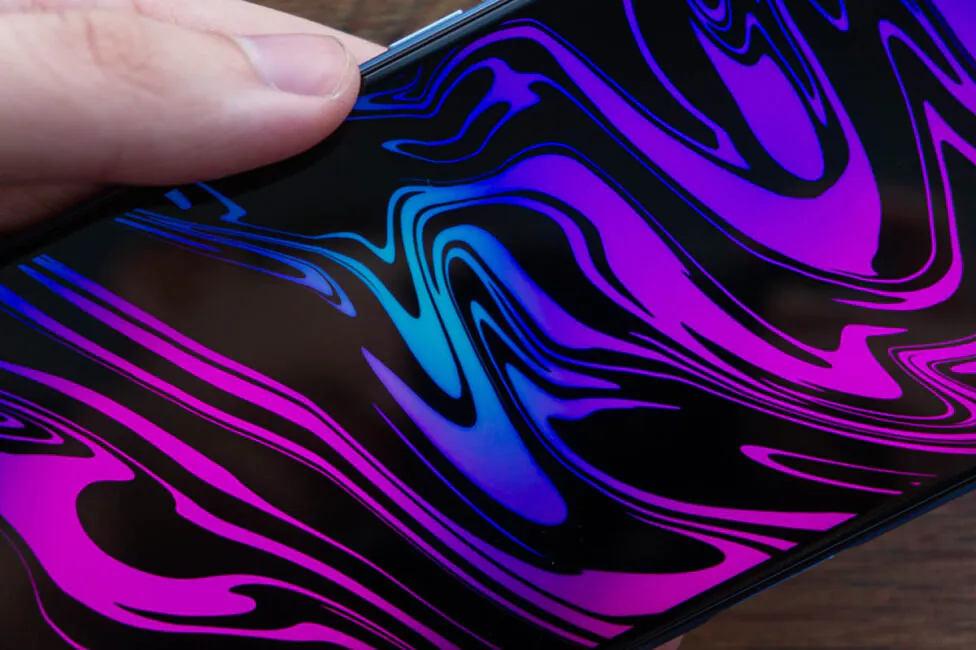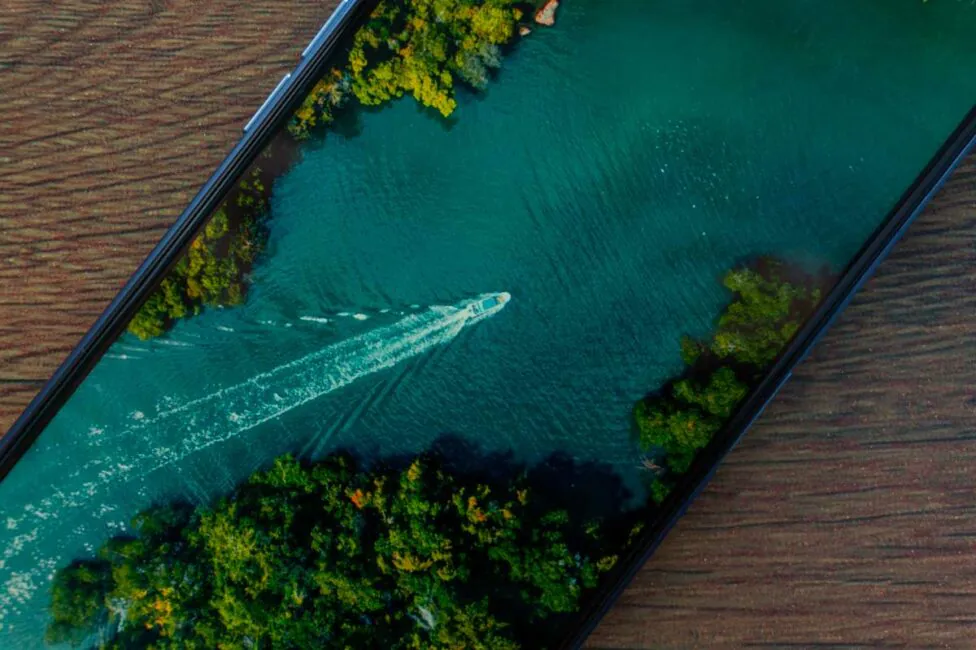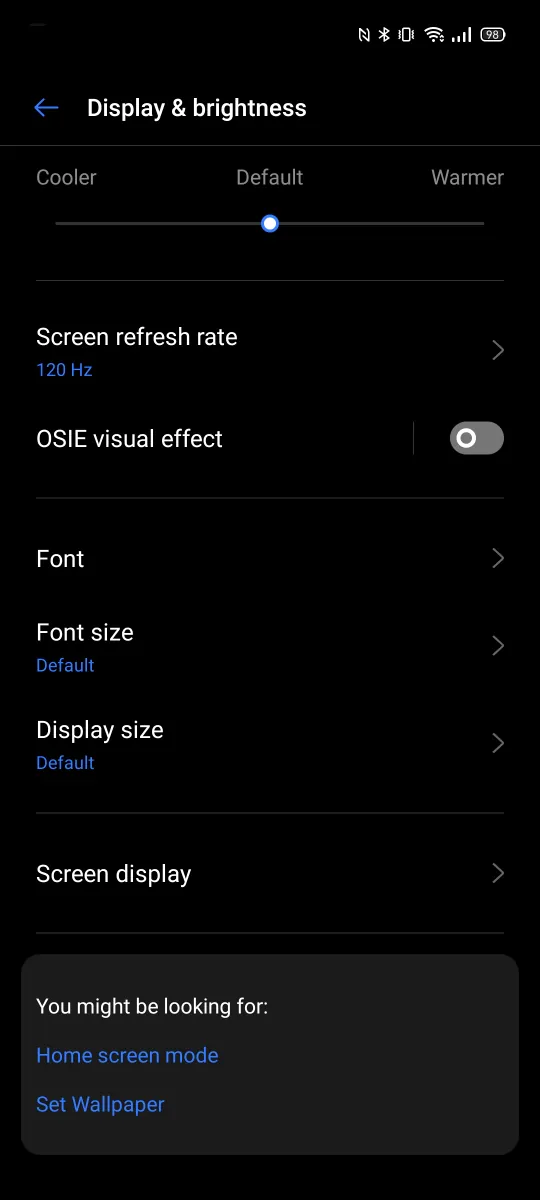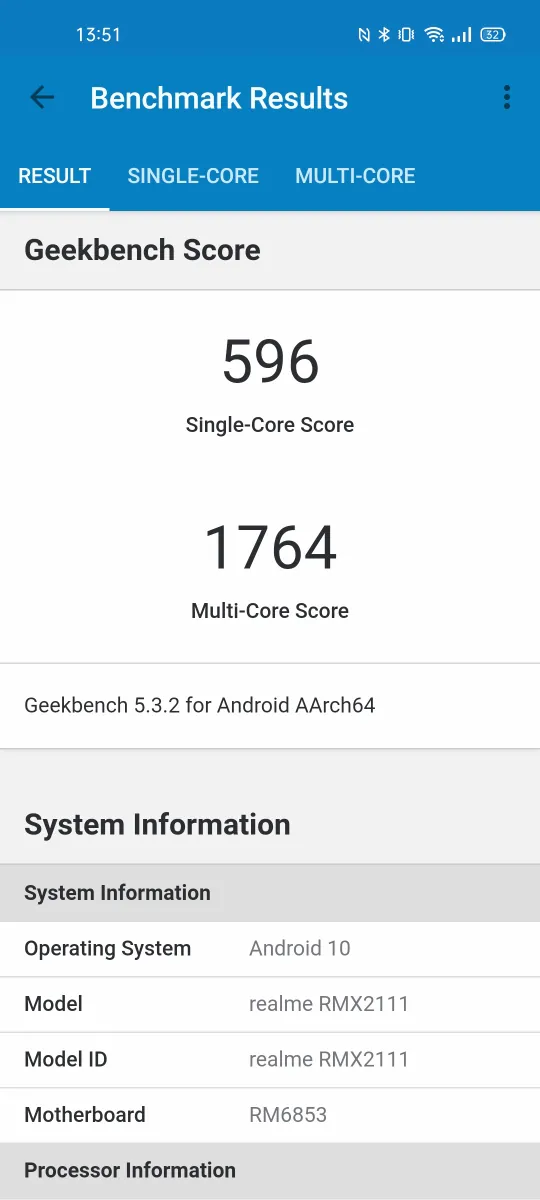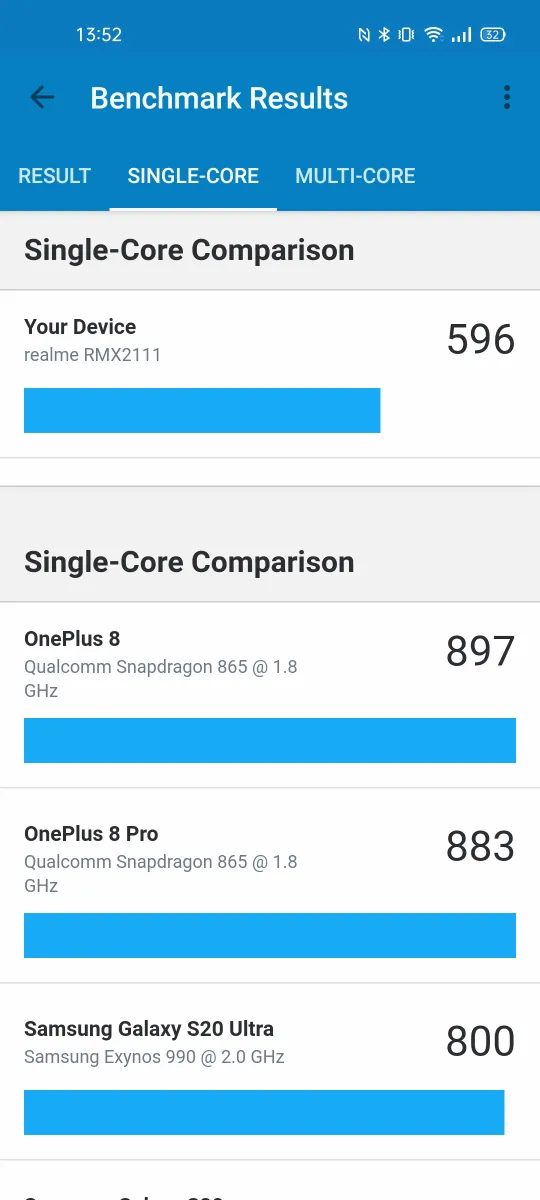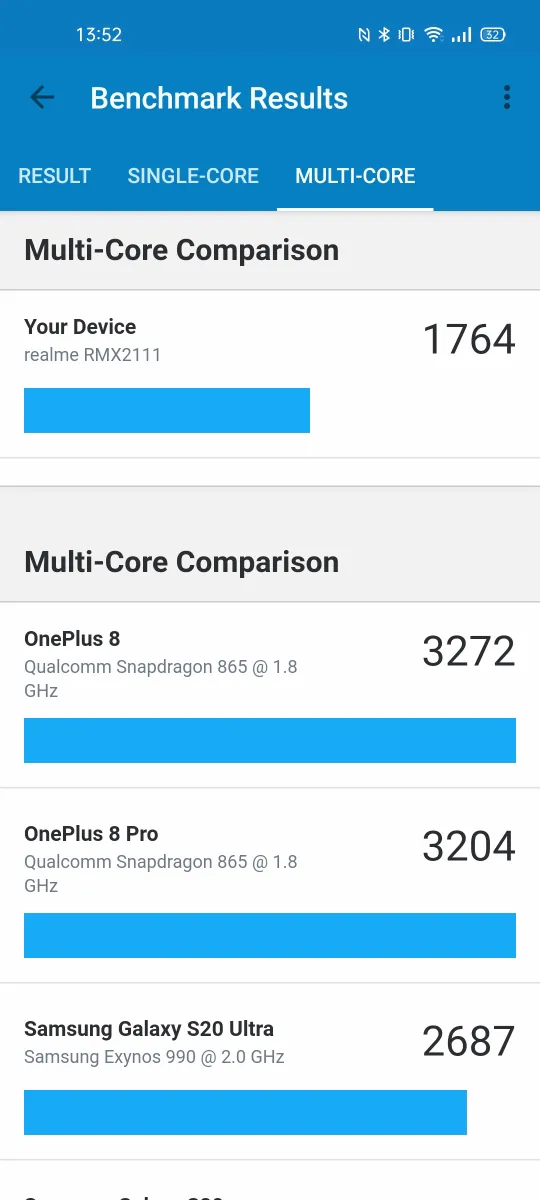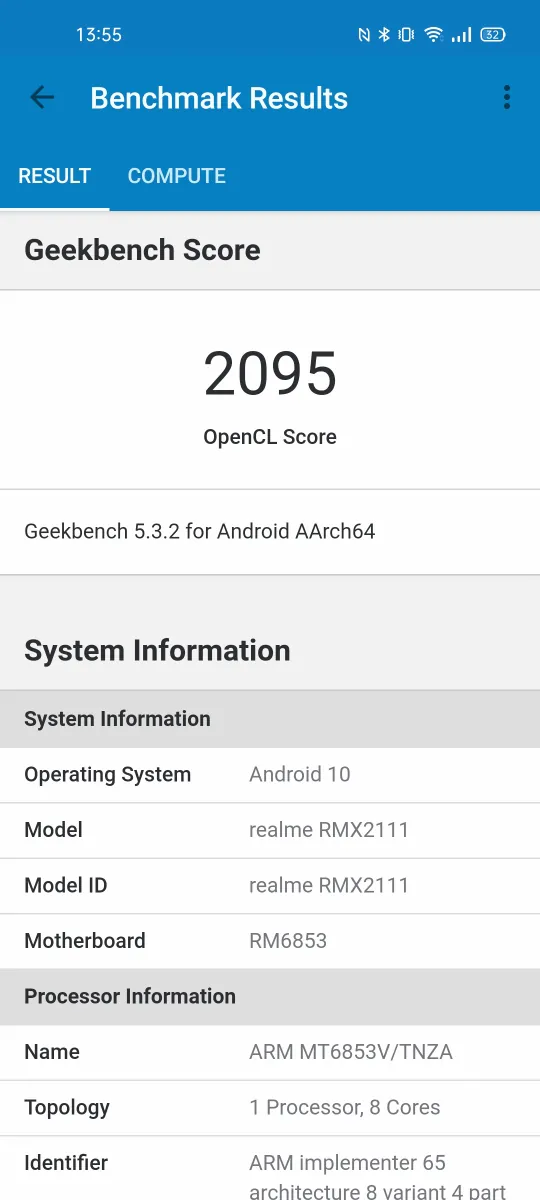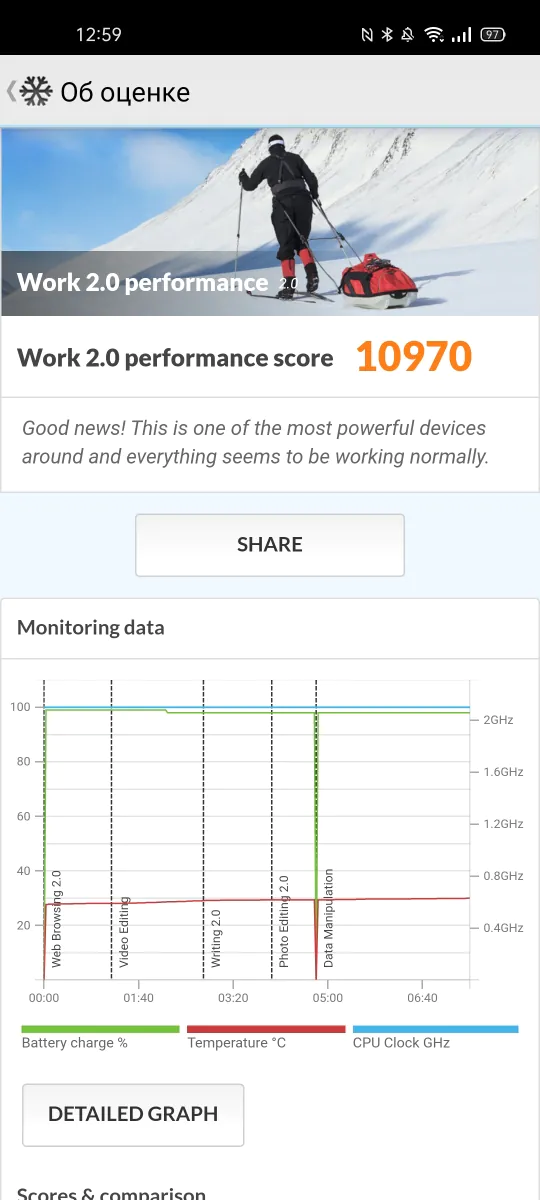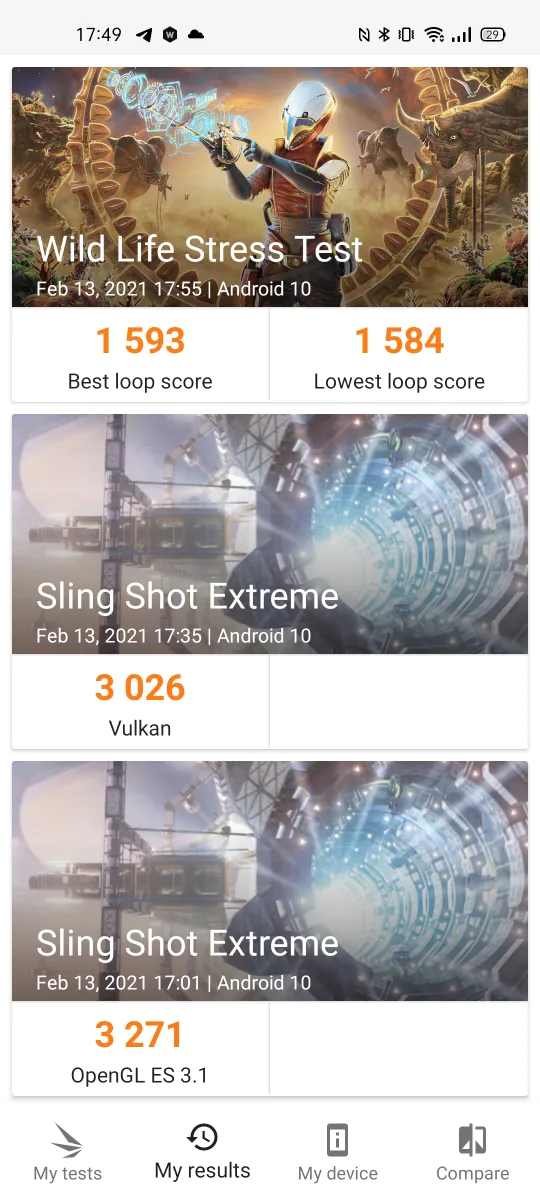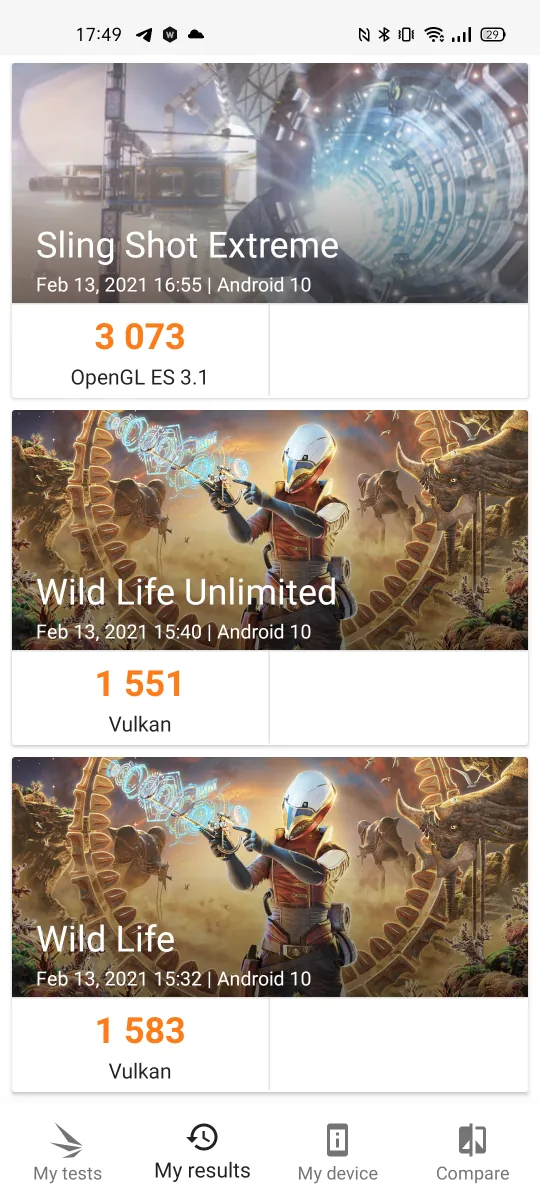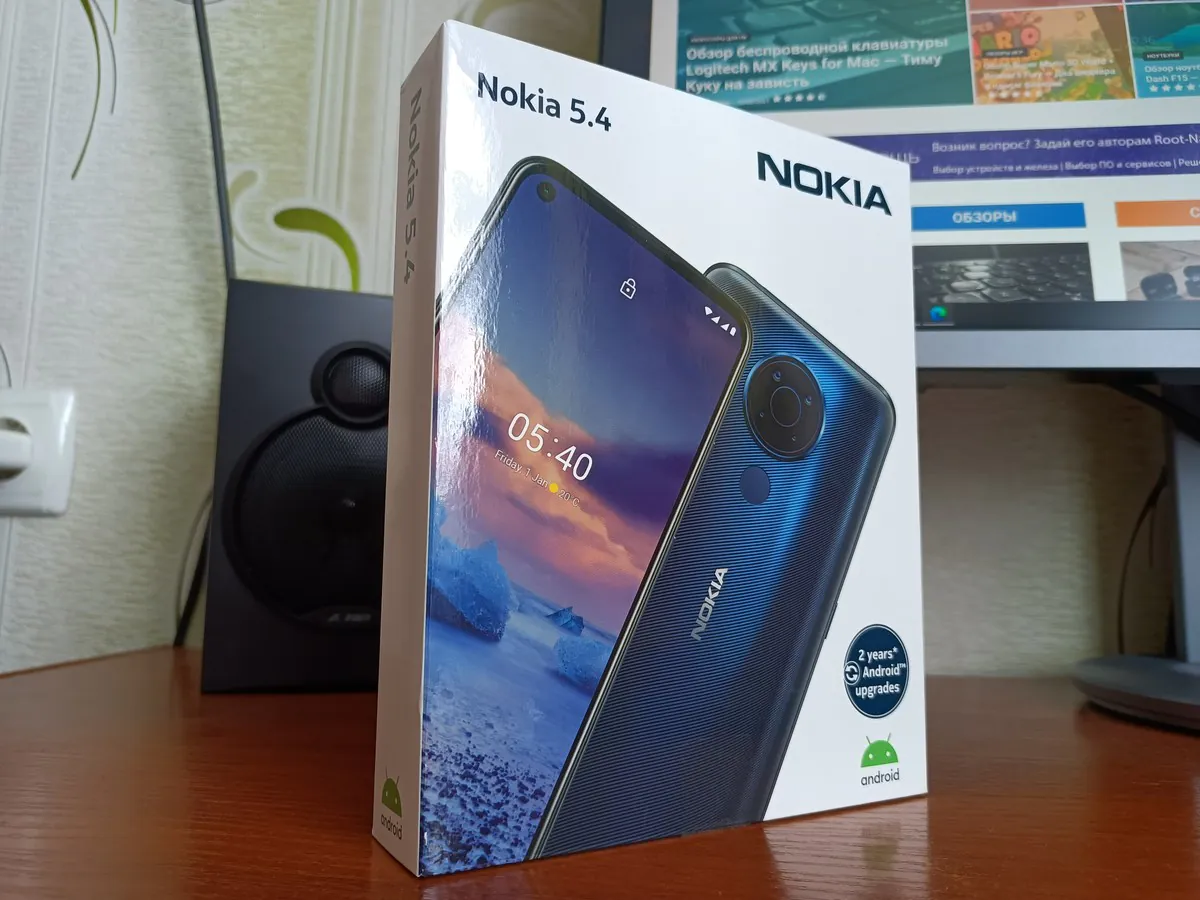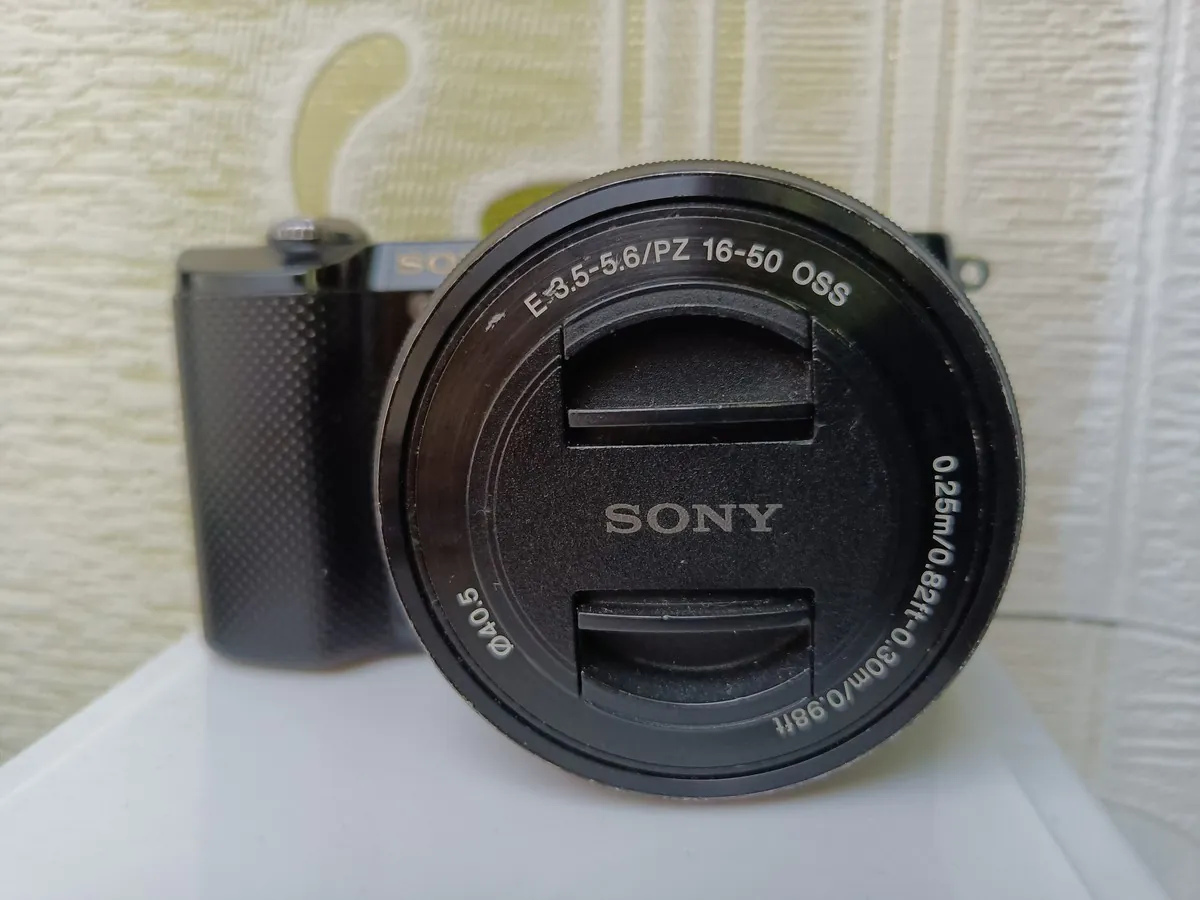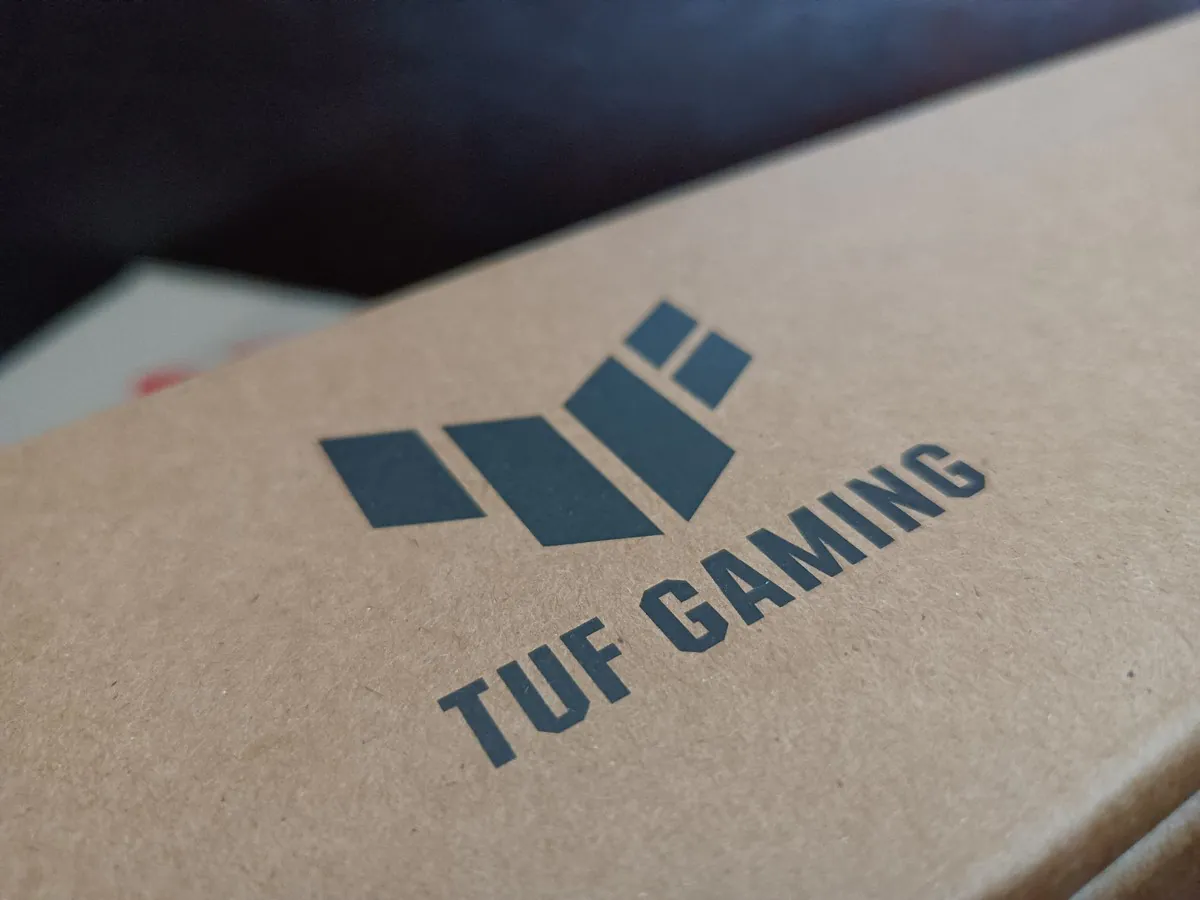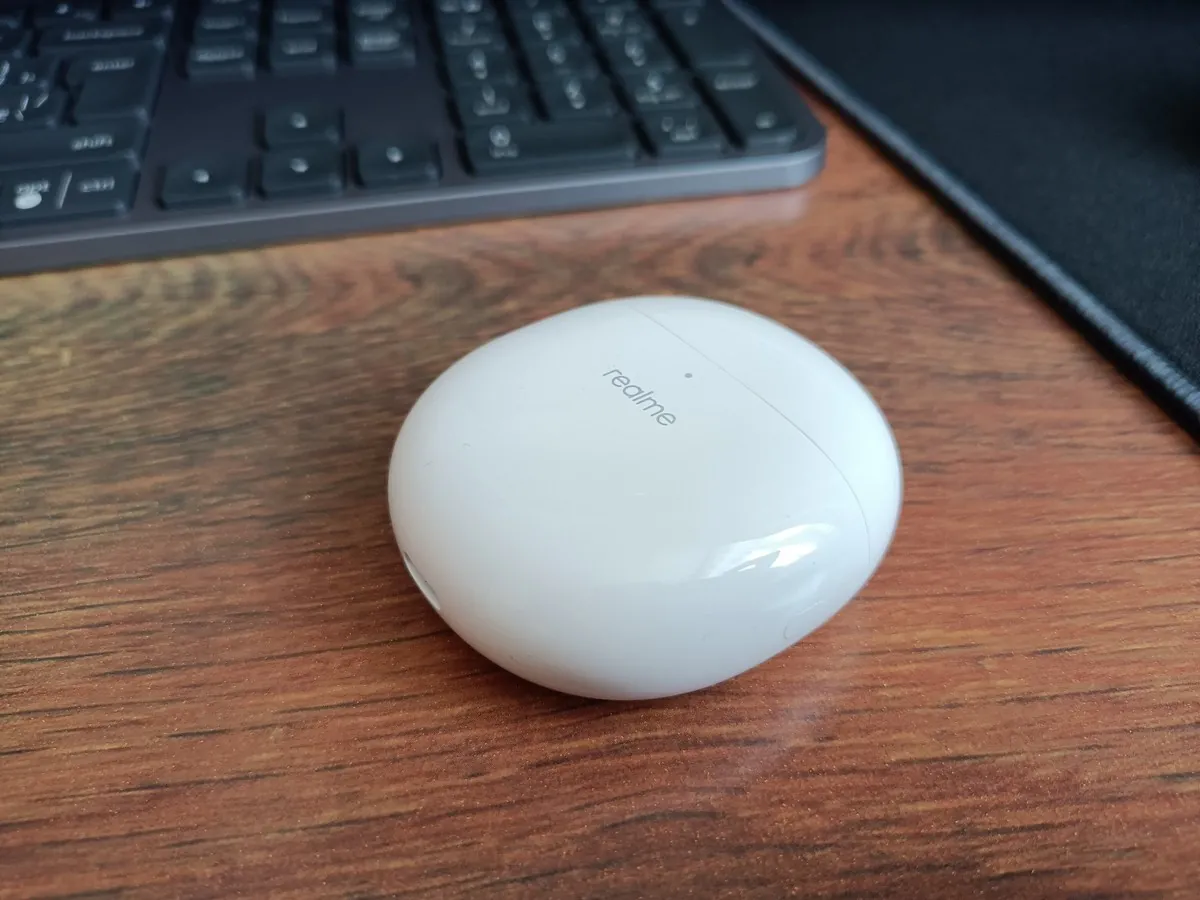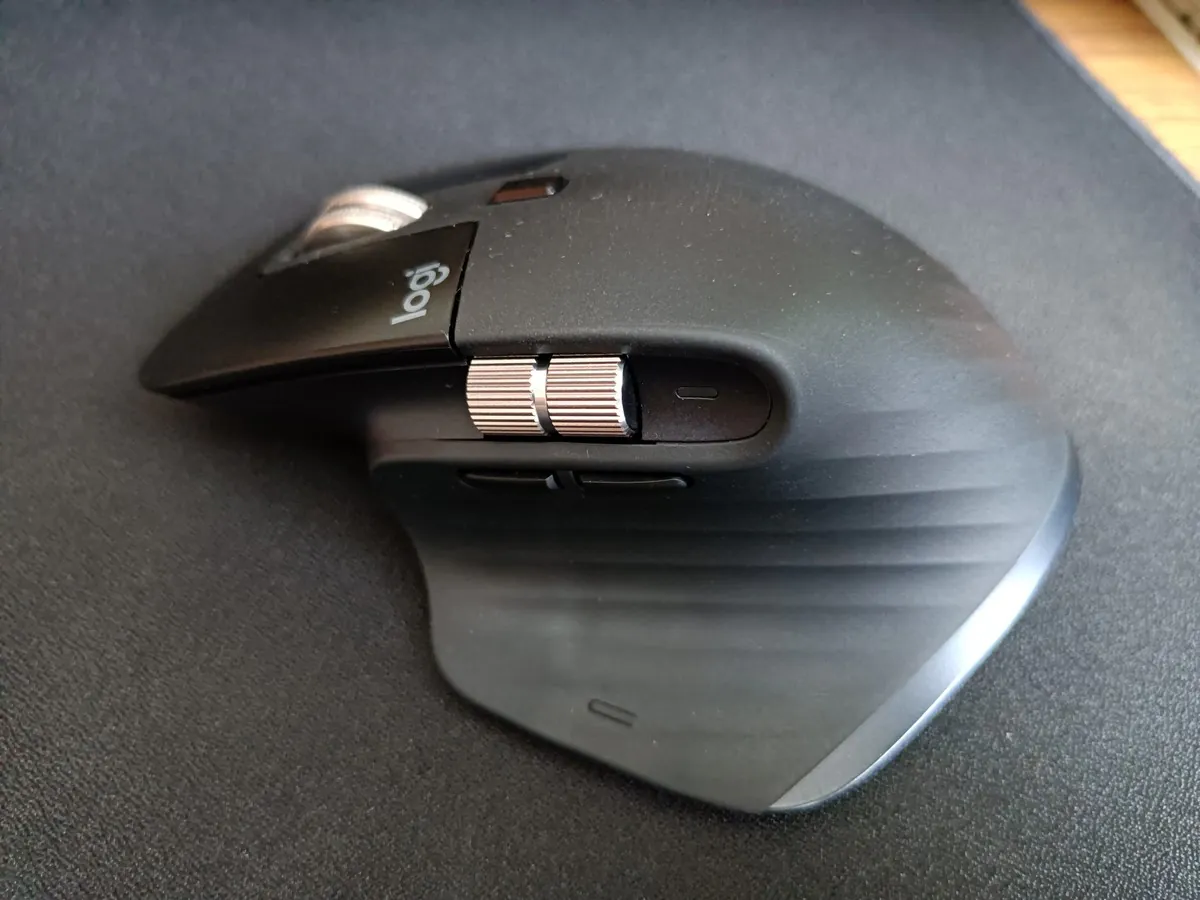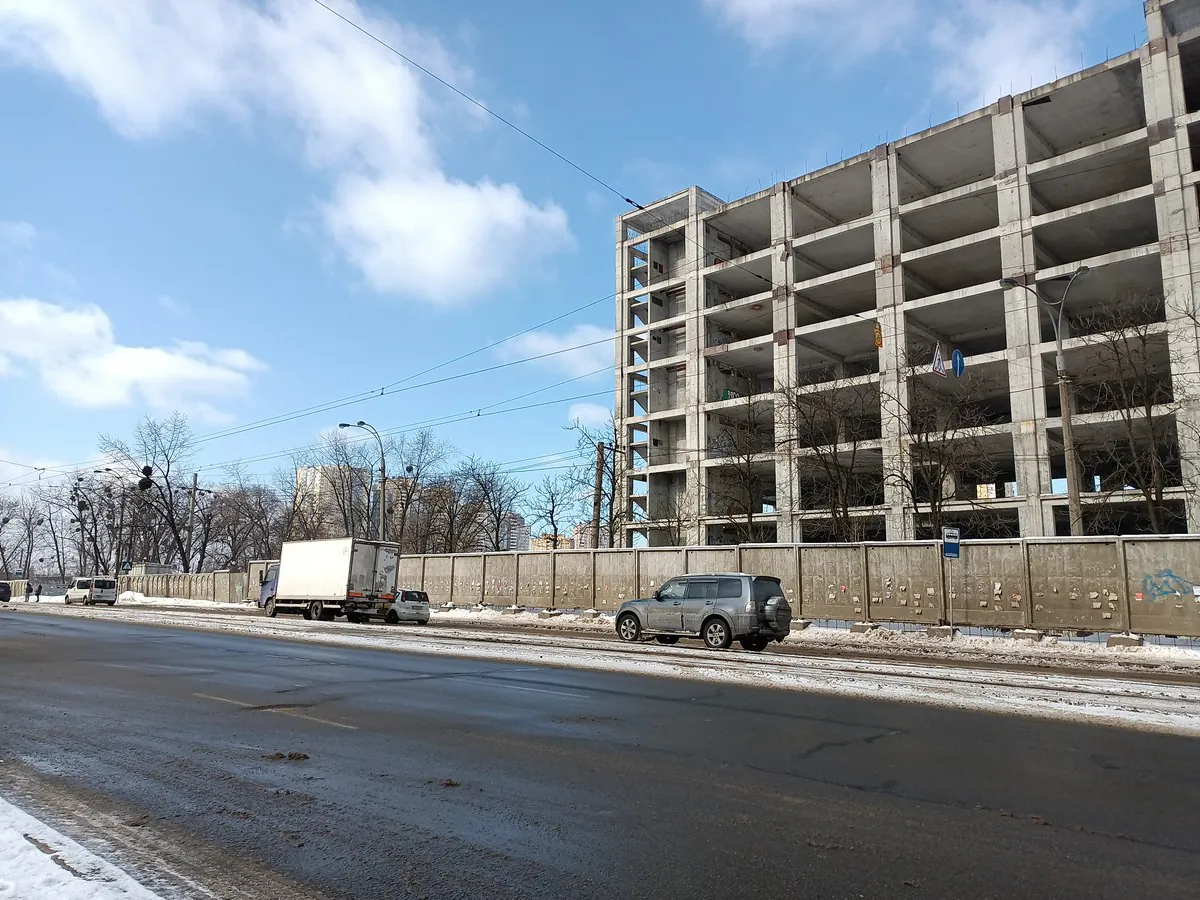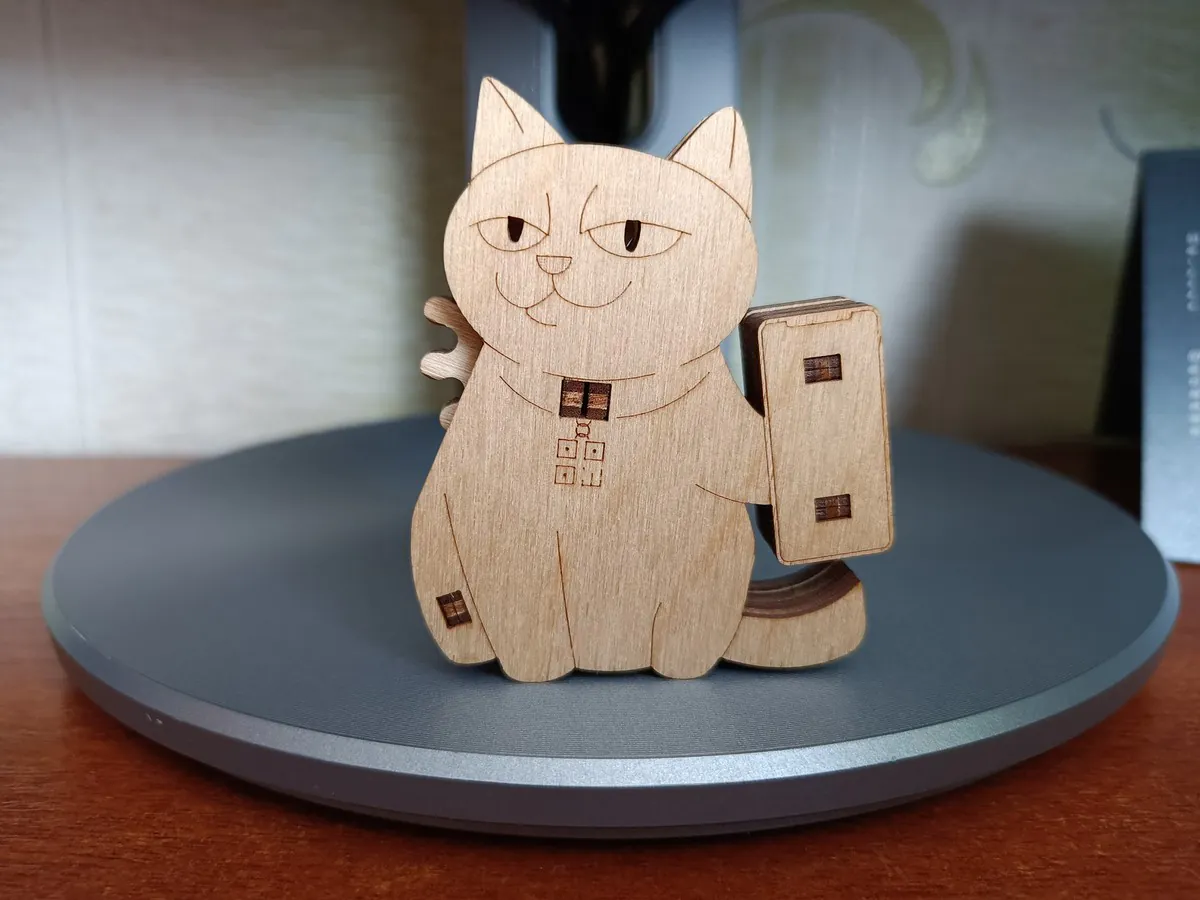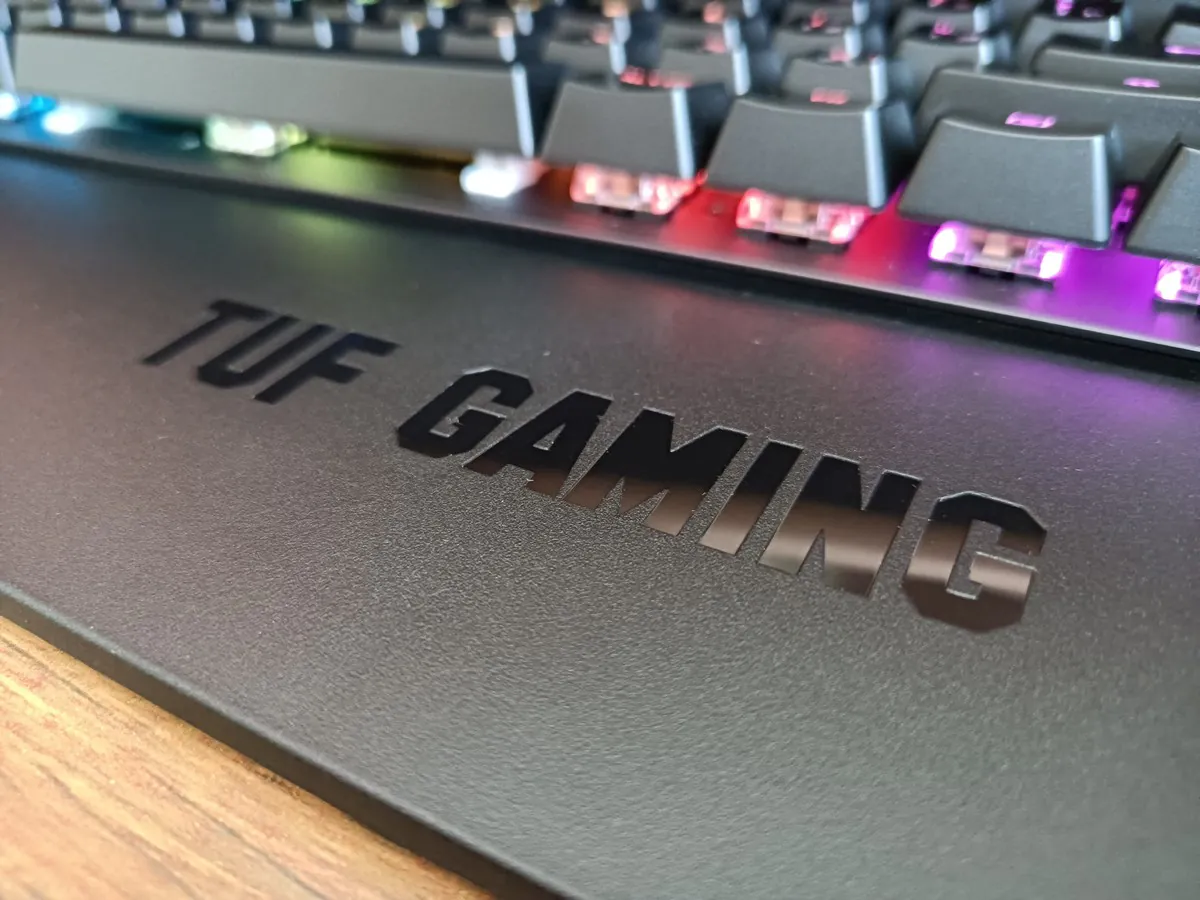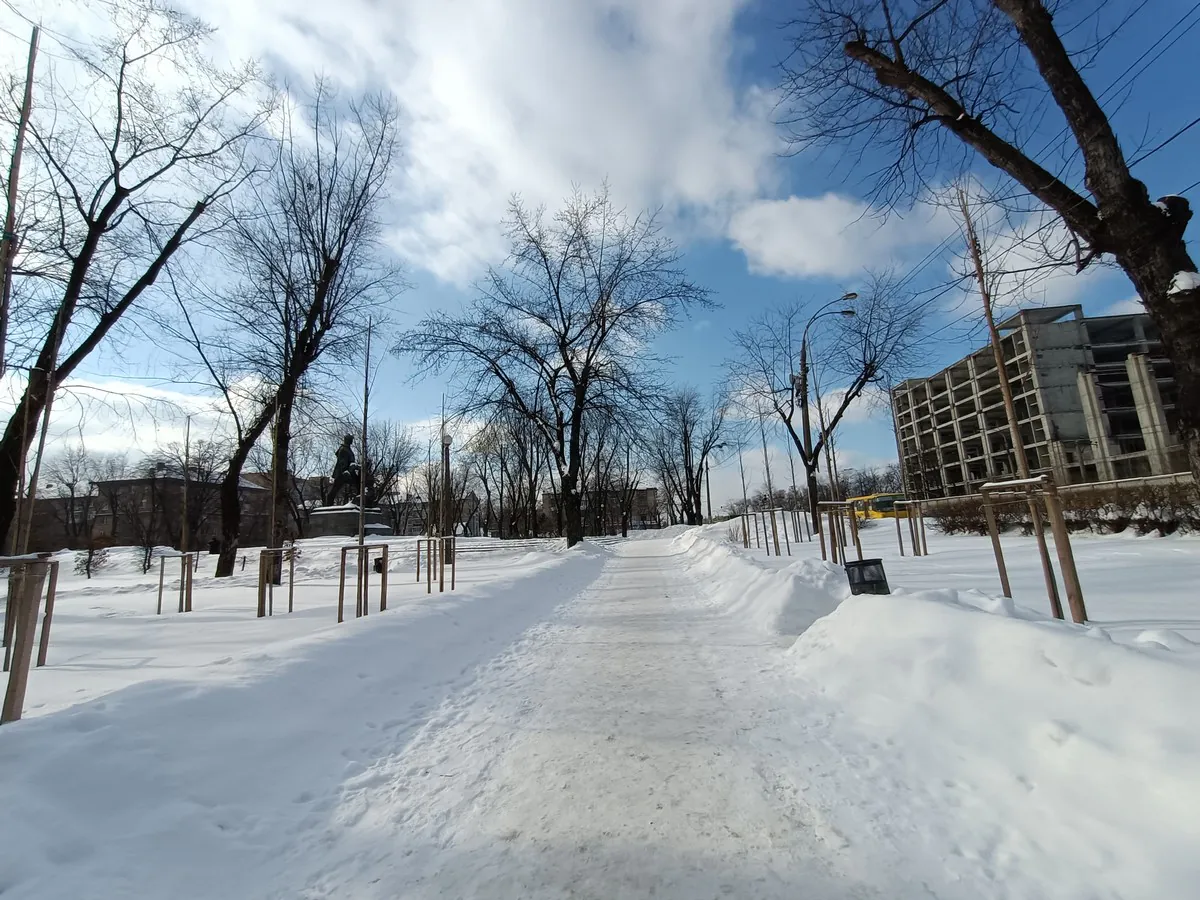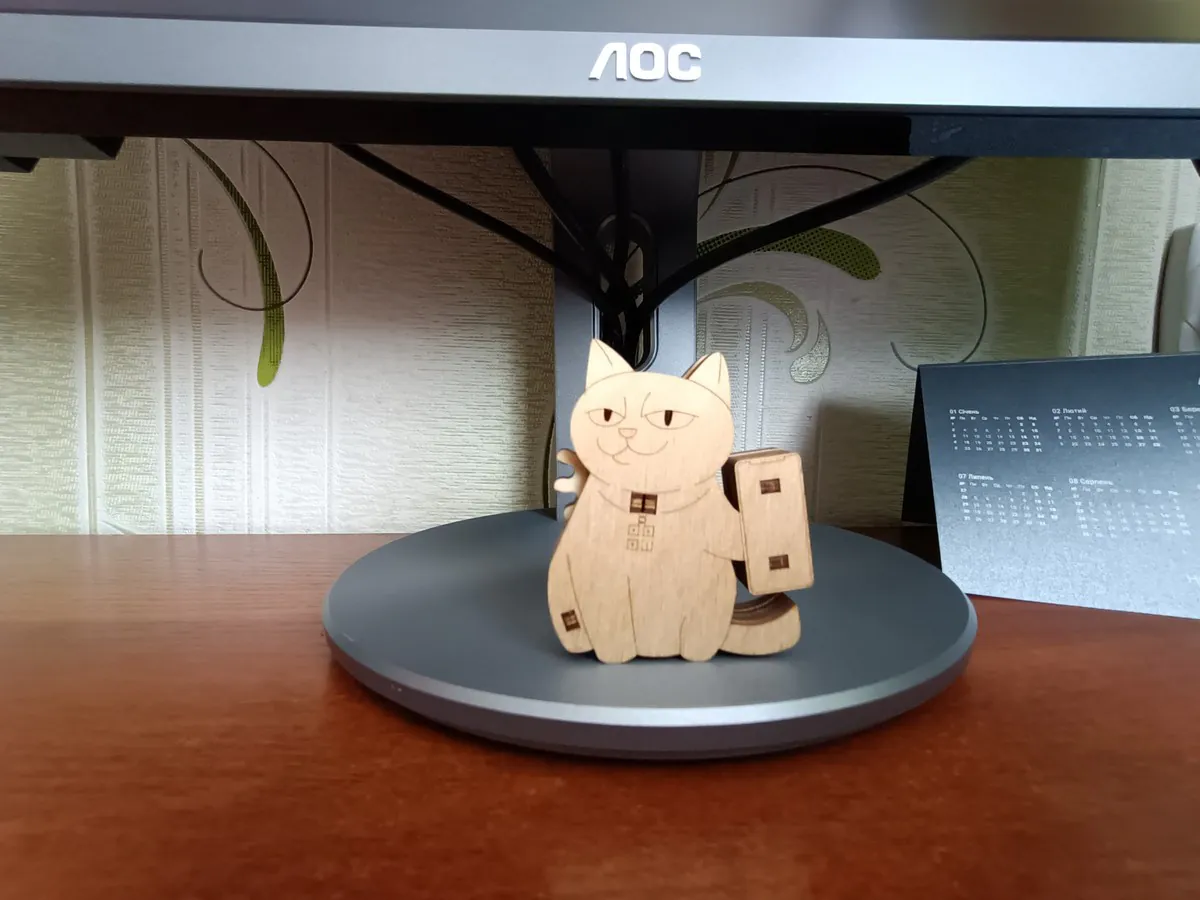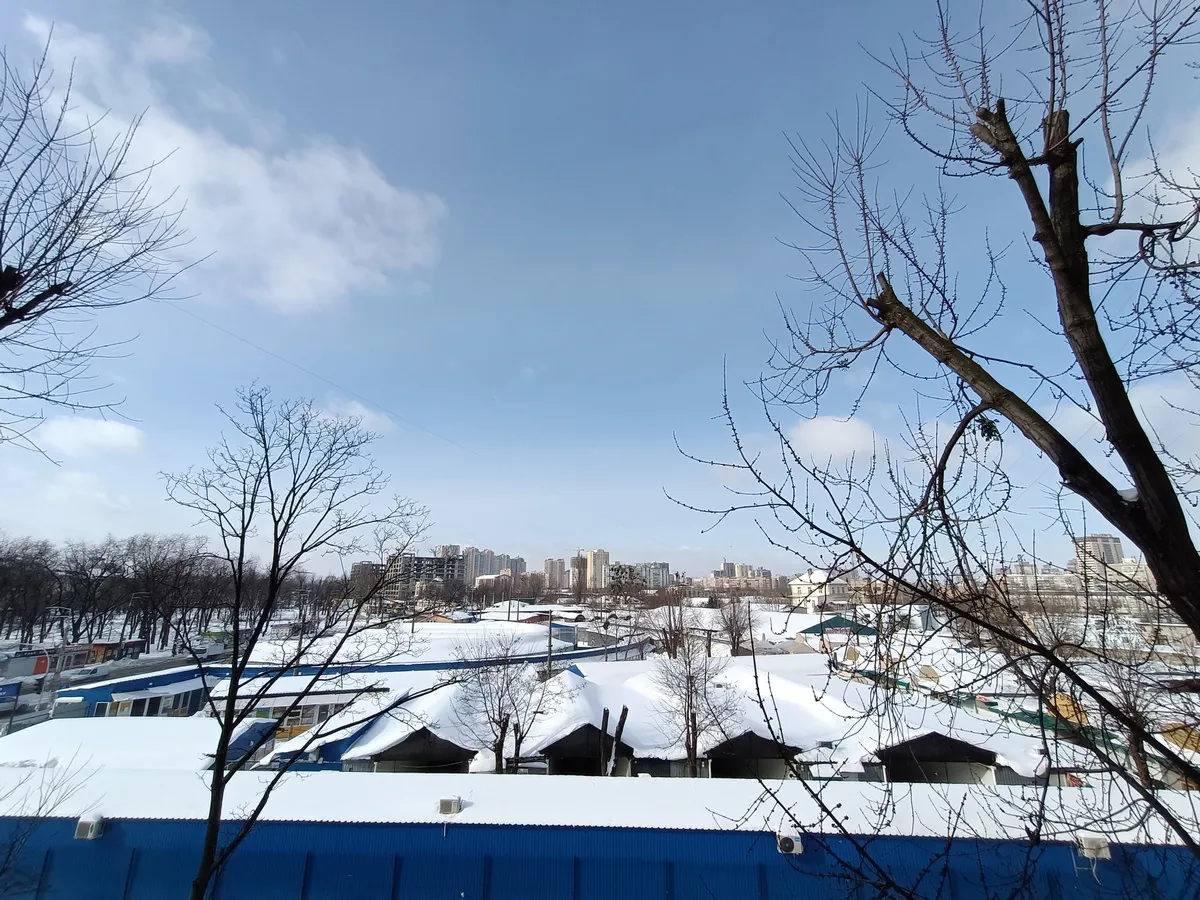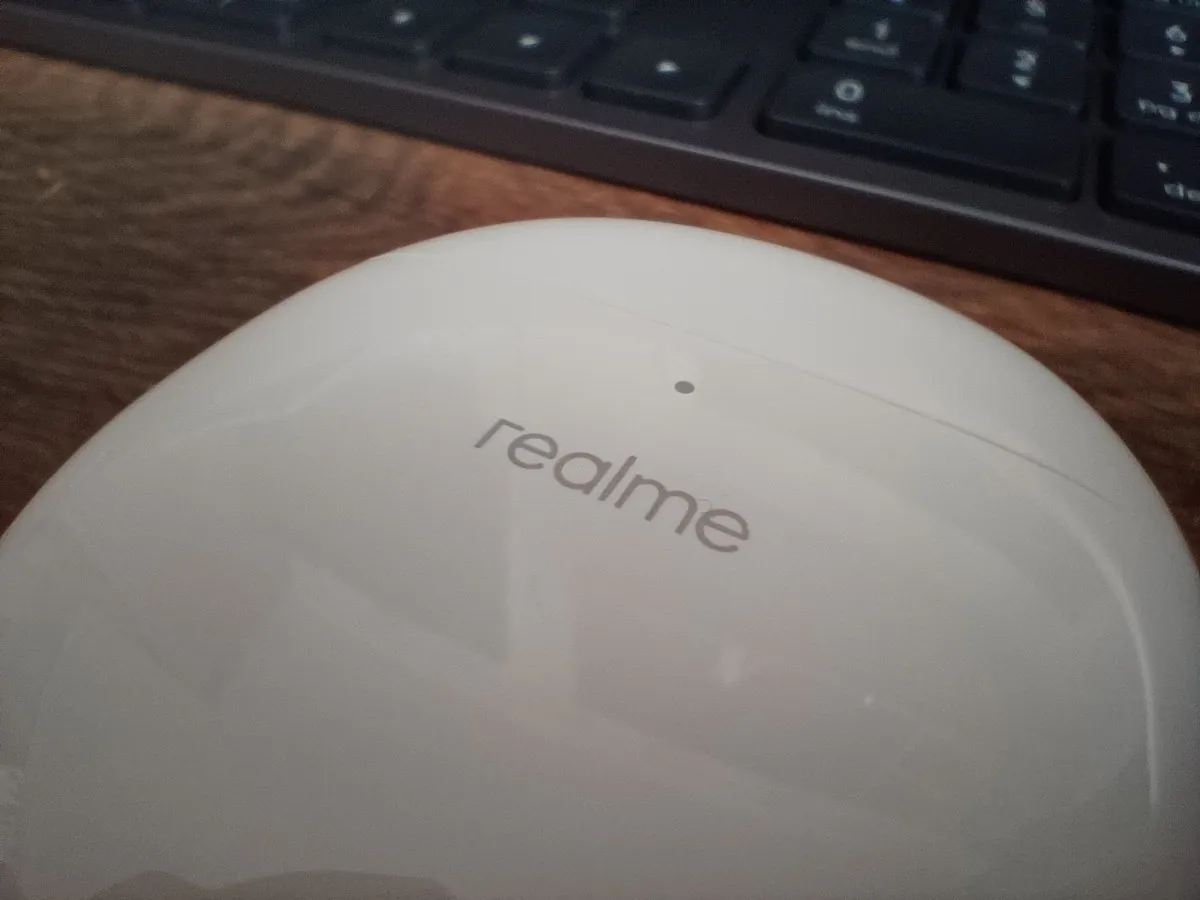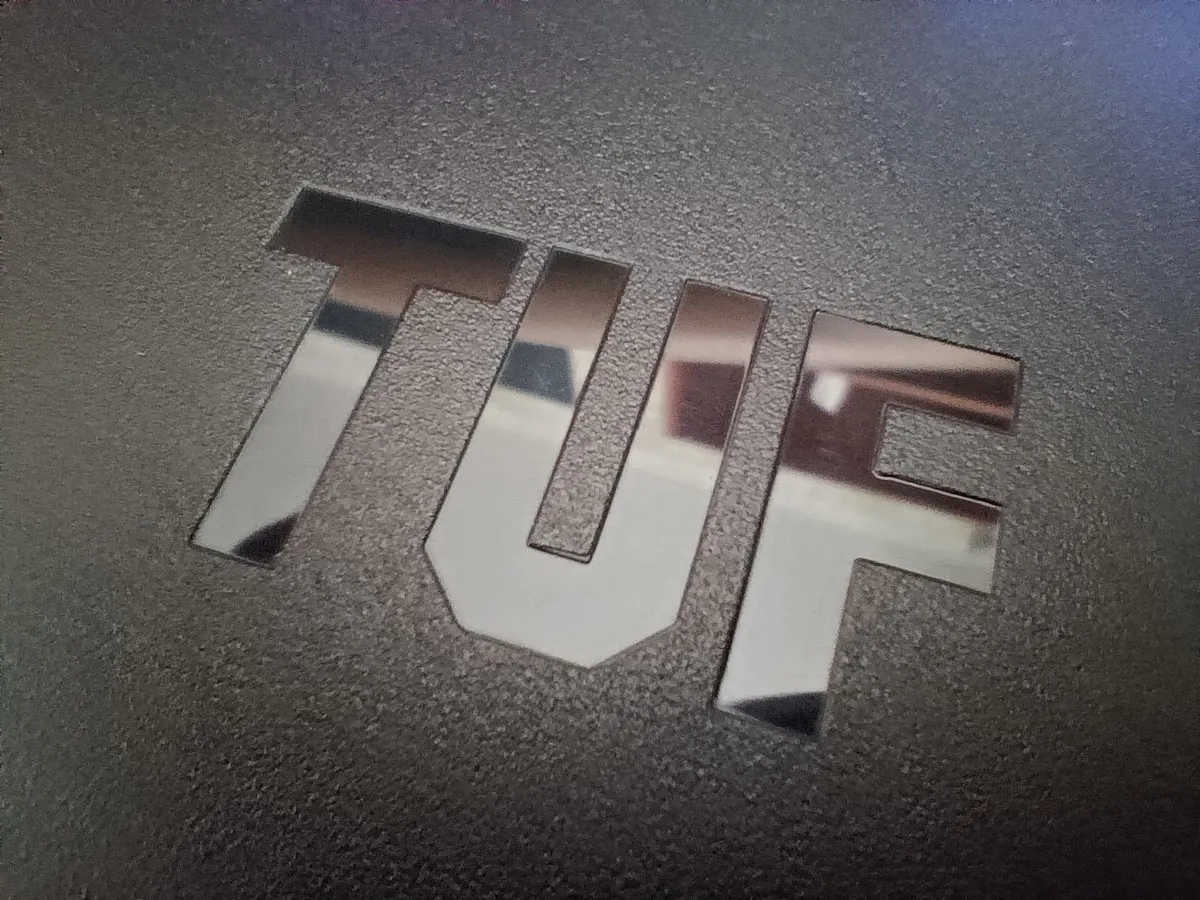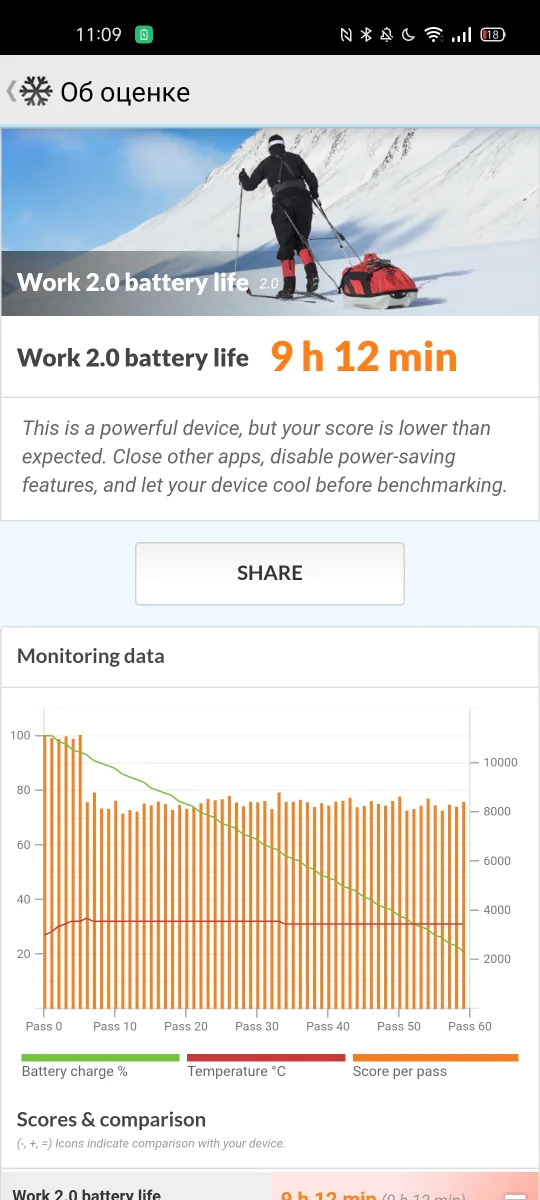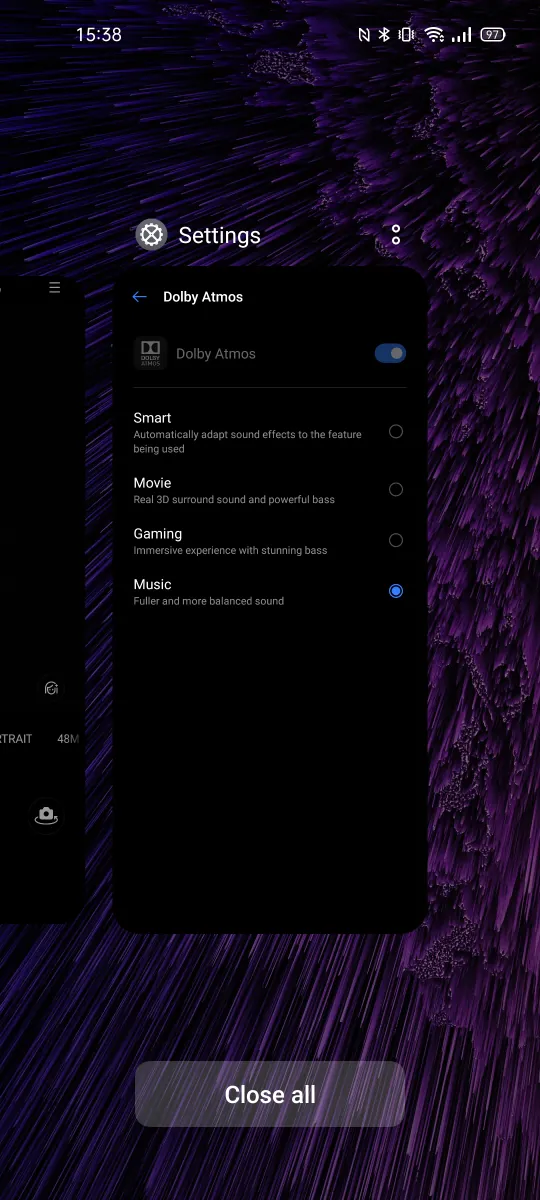© ROOT-NATION.com - Use of content is permitted with a backlink.
At the end of 2020, the Realme brand announced a new mid-ranger Realme 7 5G. And as you might have guessed from the model name, this is a slightly upgraded version of Realme 7 with support for 5G networks. It was possible thanks the new MediaTek Dimensity 800U chipset. In this review we will try to find out what it is capable of and what helps it stand out.
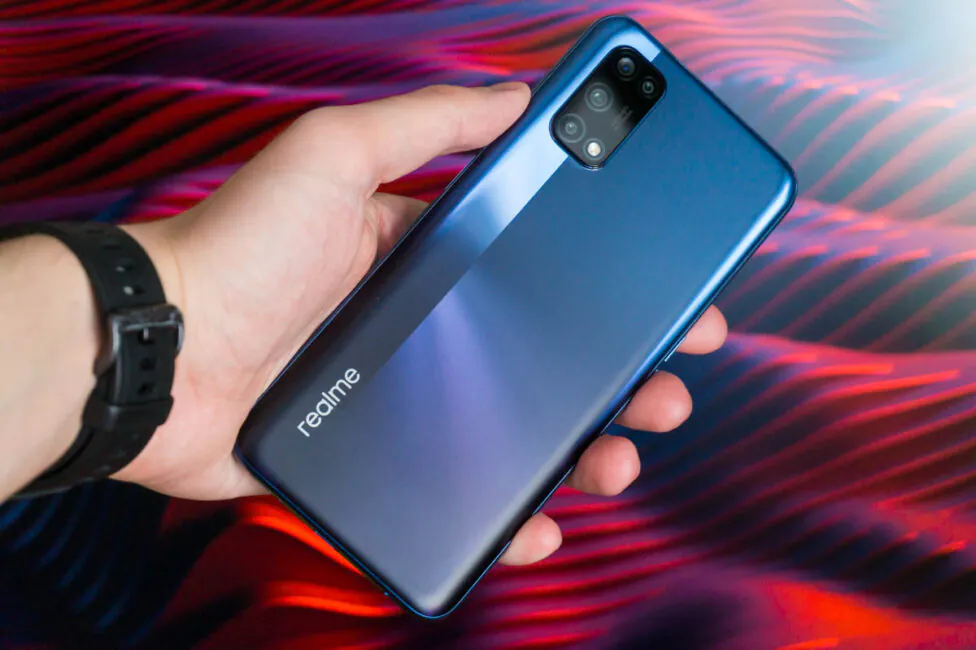
Realme 7 5G full specifications
| NETWORK | Technology | GSM / HSPA / LTE / 5G |
|---|
| LAUNCH | Announced | 2020, November 19 |
|---|---|---|
| Status | Available. Released 2020, November 27 |
| BODY | Dimensions | 162.2 x 75.1 x 9.1 mm (6.39 x 2.96 x 0.36 in) |
|---|---|---|
| Weight | 195 g (6.88 oz) | |
| SIM | Hybrid Dual SIM (Nano-SIM, dual stand-by) | |
| Weather-sealed ports & loudspeaker |
| DISPLAY | Type | IPS LCD, 120Hz, 480 nits (typ) |
|---|---|---|
| Size | 6.5 inches, 102.0 cm2 (~83.7% screen-to-body ratio) | |
| Resolution | 1080 x 2400 pixels, 20:9 ratio (~405 ppi density) | |
| Protection | Corning Gorilla Glass |
| PLATFORM | OS | Android 10, Realme UI 1.0 |
|---|---|---|
| Chipset | MediaTek Dimensity 800U 5G (7 nm) | |
| CPU | Octa-core (2×2.4 GHz Cortex-A76 & 6×2.0 GHz Cortex-A55) | |
| GPU | Mali-G57 MC3 |
| MEMORY | Card slot | microSDXC (uses shared SIM slot) |
|---|---|---|
| Internal | 128GB 6GB RAM, 128GB 8GB RAM | |
| UFS 2.1 |
| MAIN CAMERA | Quad | 48 MP, f/1.8, 26mm (wide), 1/2.0″, 0.8µm, PDAF 8 MP, f/2.3, 119˚ (ultrawide), 1/4.0″, 1.12µm 2 MP, f/2.4, (macro) 2 MP, f/2.4, (depth) |
|---|---|---|
| Features | LED flash, HDR, panorama | |
| Video | 4K@30fps, 1080p@30/60/120fps; gyro-EIS |
| SELFIE CAMERA | Single | 16 MP, f/2.1, 26mm (wide), 1/3.06″, 1.0µm |
|---|---|---|
| Features | HDR | |
| Video | 1080p@30fps |
| SOUND | Loudspeaker | Yes |
|---|---|---|
| 3.5mm jack | Yes | |
| 24-bit/192kHz audio |
| COMMS | WLAN | Wi-Fi 802.11 a/b/g/n/ac, dual-band, Wi-Fi Direct, hotspot |
|---|---|---|
| Bluetooth | 5.1, A2DP, LE | |
| GPS | Yes, with A-GPS, GLONASS, GALILEO, BDS | |
| NFC | Yes | |
| Radio | No | |
| USB | USB Type-C 2.0, USB On-The-Go |
| FEATURES | Sensors | Fingerprint (side-mounted), accelerometer, gyro, proximity, compass |
|---|
| BATTERY | Type | Li-Po 5000 mAh, non-removable |
|---|---|---|
| Charging | Fast charging 30W, 50% in 26 min, 100% in 65 min (advertised) Reverse charging |
| MISC | Colors | Baltic Blue (Mist Blue) |
|---|---|---|
| Models | RMX2111 |
Price and positioning
The smartphone is not for sale in some countries, which is not surprising. Still, you can find it in Europe in the official Realme store on AliExpress.
The official European price of the smartphone is €279 for the 6/128 GB version. In China, such a configuration costs about $325, and the 8/128 GB version is $360. For comparison, the official Realme 7 Pro can now be purchased for about $305, that is, this new device will cost more in any case. So why overpay? Let’s try to find out.
What’s in the box
In the box with the Realme 7 5G the user will find a 30W Dart Charge power adapter, a USB/Type-C cable, a translucent silicone case, a SIM card eject tool and a set of accompanying documents. In addition, a protective film will be initially glued to the smartphone screen. So, a classic set, no different from the Realme 7.
Design, materials and build quality
As soon as I first took the smartphone in hand, it felt familiar. This is the same design as the Realme 7 Pro with a number of minor… simplifications. It’s almost identical.
The location and shape of the individual elements, the finish, and color are identical. Which isn’t great: I wanted something fresher. But since it’s called 7 5G, it’s only logical.
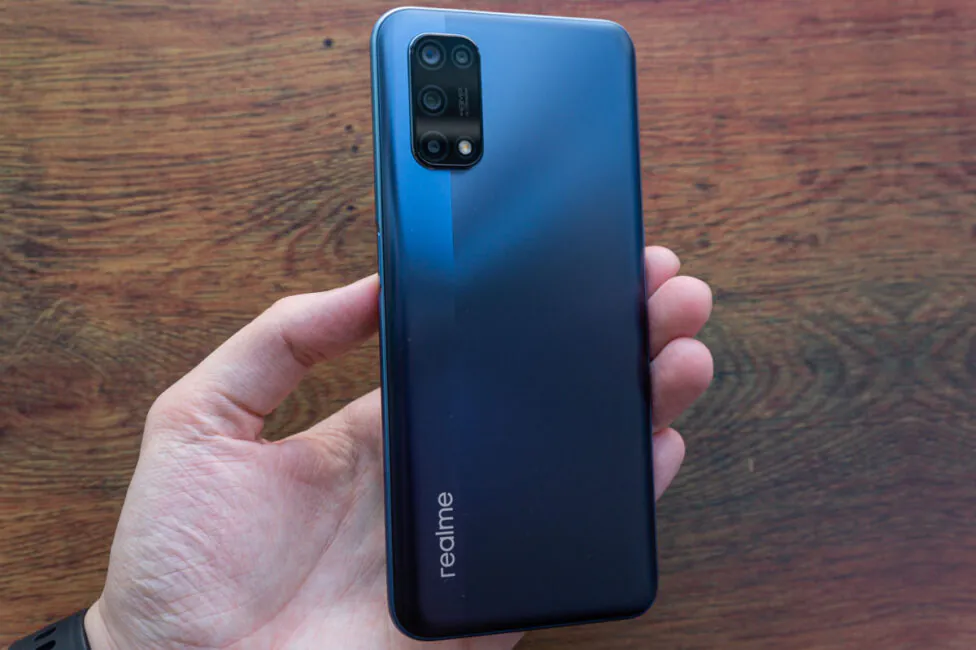
But what about the simplifications mentioned earlier? Firstly, the main camera unit has lost its visual separation in half. Thanks to this insignificant detail, Realme 7 Pro looks somehow more complete. Also, the front camera eye is larger and, in my opinion, looks less organic than the compact peephole of the 7 Pro.
The rest of the design of the backplate is the same. There’s the division into two unequal halves with a gradient from dark to light. In front you don’t get thinnest bezels, especially the bottom one, and a front-facing camera is embedded in the upper left corner.
A decent design, but nothing to write home about. At least in the case of the Baltic Blue, because there is also a silver one with a huge vertical Realme inscription on the back. It looks kinda weird, to say the least.
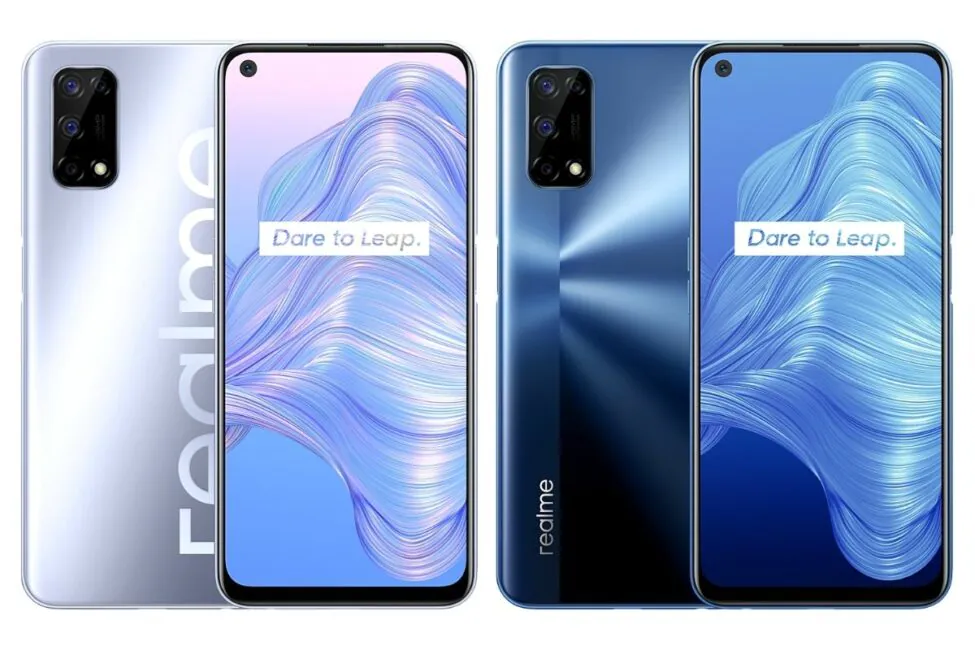
The materials have not changed either. The front is covered by Corning Gorilla Glass, but its generation is not specified. The back plate is made of plastic with pleasant matte finish, and around the perimeter there is a plastic matte frame with a gradient.
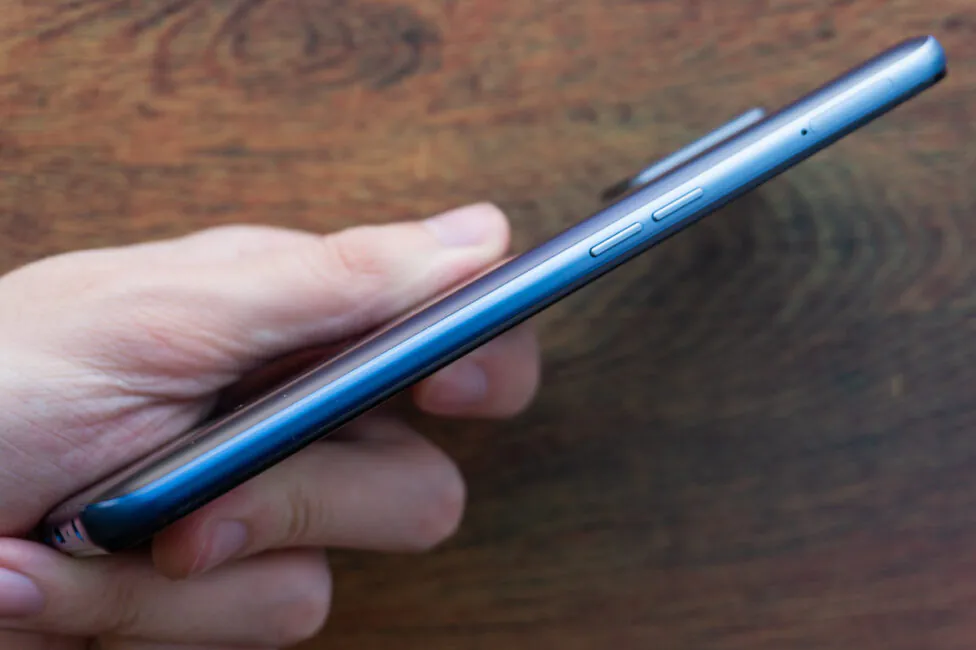
The dark color has visible matte streaks. The build quality is just fine, but there’s no dust and water protection.
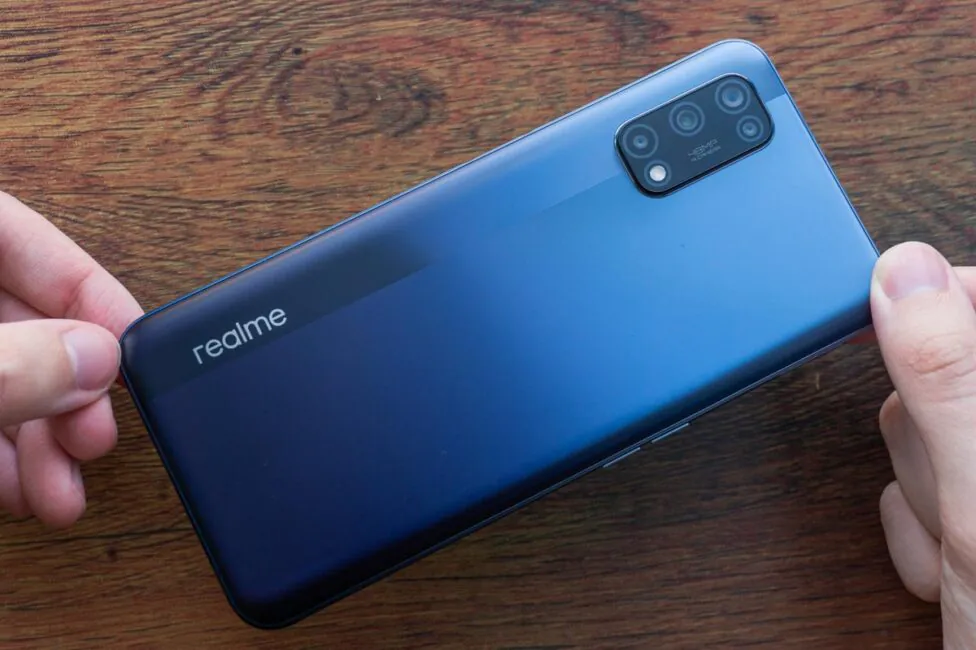
The layout
In the front, in the upper part, you can find the speaker grille and light and proximity sensors to the right of it. In the upper left corner of the screen there is a selfie camera, while the bottom is empty with no additional elements.
On the right side there is a small recess with the power button combined with a fingerprint scanner. On the left there are two more separate keys for volume control, as well as a hybrid slot. The latter is for either two nanoSIMs or one SIM and a microSD card.
At the top there’s an additional microphone, and everything else is on the lower edge. These are the media speaker slots, the USB Type-C port, the main microphone, and the 3.5mm audio jack.
As for the back blate, there is just a slightly protruding unit with four cameras and a flash, while at the bottom left there is a vertical Realme logo. In commercial samples, opposite the logo there are various inscriptions.
Ergonimics
In terms of dimensions, the smartphone as a whole is very similar to the 7, with some insignificant differences. The 5G version is big smaller though. Here’s what we have: 162.2 × 75.1 × 9.1 mm and 195 grams versus 162.3 × 75.4 × 9.4 mm and 196.5 grams of the regular Realme 7.
In practice, the smartphone is quite convenient. It’s not really compact, but thanks to the very good location of all elements, it is comfortable to use.
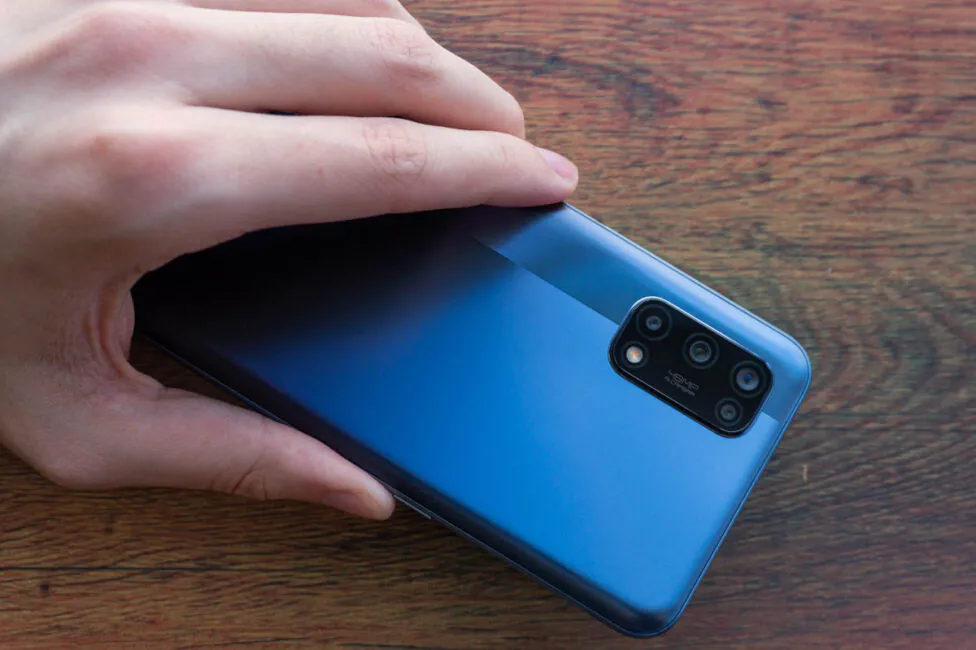
The power button (or a fingerprint scanner, if you like) is located exactly in the place where the right thumb or left index finger is. The same goes for the volume buttons.
Read also: Realme Watch review – First Smartwatch from the Brand
Realme 7 5G display
The Realme 7 5G screen not only repeats the concept laid down by the manufacturer back in the Realme 6/6 Pro times, but also improves on it. This is a very important point, because Realme 7 Pro was very different. Instead of IPS with an increased refresh rate, that smartphone was equipped with a Super AMOLED with a usual scanning frequency, but an in-screen fingerprint scanner. Both variants have their pros.
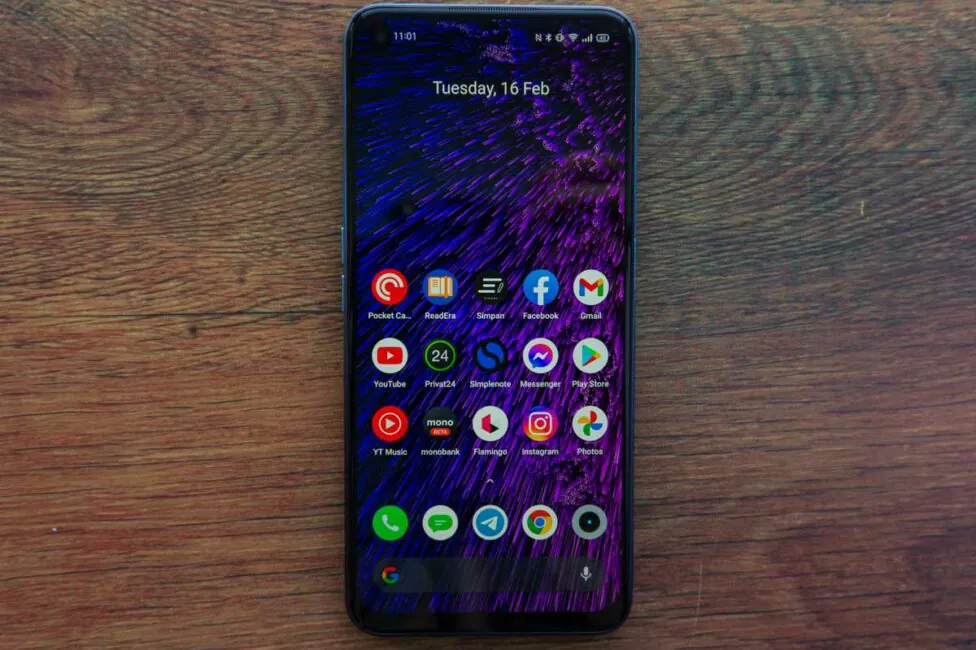
Let’s discuss the Realme 7 5G’s IPS LCD display. First of all, it is quite large, 6.5″. The resolution is, of course, Full HD+ (2400×1080 pixels), the aspect ratio is elongated 20:9, and the pixel density is 405 ppi The refresh rate has grown from 90 to 120 Hz, the sampling frequency is 180 Hz.

This isn’t too bad: the brightness is sufficient in most situations, but it is difficult to see the information in direct sunlight. The color reproduction is pleasant, there is no excessive saturation, but the colors aren’t faded either. Viewing angles are traditional for IPS: with linear deviations, there is no distortion, but with diagonal deviations, dark tones fade.
120 Hz is definitely great, especially for a mid-ranger. Does it work everywhere? Of course not. A lot of things are displayed in 120 Hz: the UI, most default and some third-party apps. But a number of apps are not capable of being displayed with a frequency of over 60, and some, by the way, are limited to 90 Hz. In games, the increased frequency is, sadly, not supported.
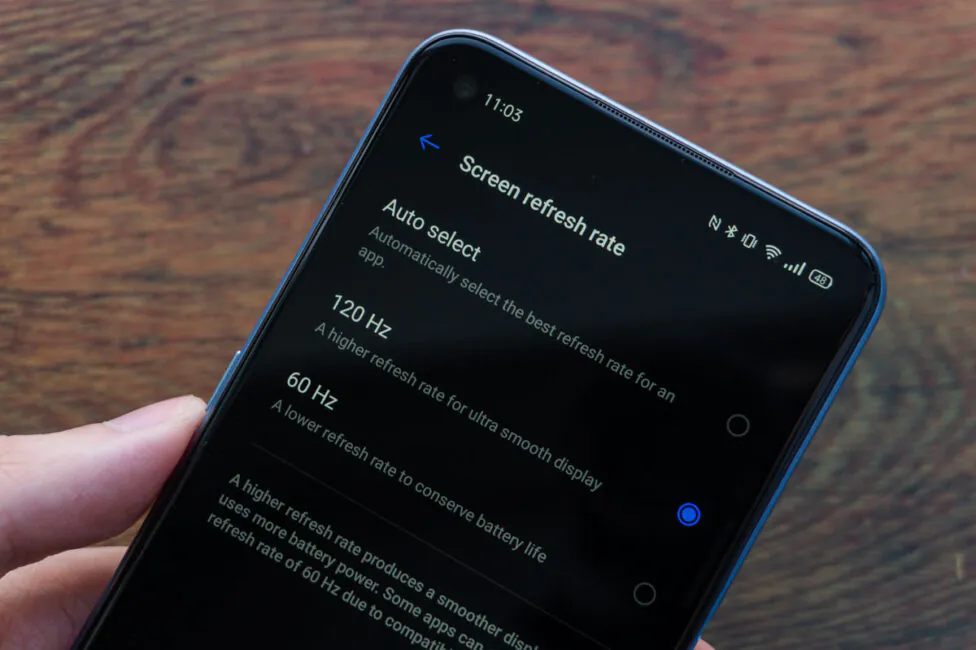
There are not very many screen settings, but there are enough of them: dark theme, eye-sight protection, adaptive sleep mode (the screen does not turn off while you are looking at it), the slider for adjusting the color temperature, the choice of the refresh rate (60 Hz, 120 Hz, auto select). There is a visual OSIE effect increasing the saturation of the image in supported aps, as well as the ability to change the font, its size and overall system scaling. You can find settings for displaying the notch in apps (filling the camera area with black or displaying in full screen) and a forced full-screen mode for apps that are not adapted to the stretched aspect ratio.
Realme 7 5G performance
A relatively new and rare platform from MediaTek, Dimensity 800U, is responsible for the work of Realme 7 5G. It is a 7nm 8-core chipset with 2 Cortex-A76 cores clocked at a maximum clock speed of up to 2.4GHz and 6 Cortex-A55 cores clocked at up to 2.0GHz. The Mali-G57 MC3 is used as a graphics accelerator. It is powerful enough for a mid-range SoC, but its main feature is 5G support.
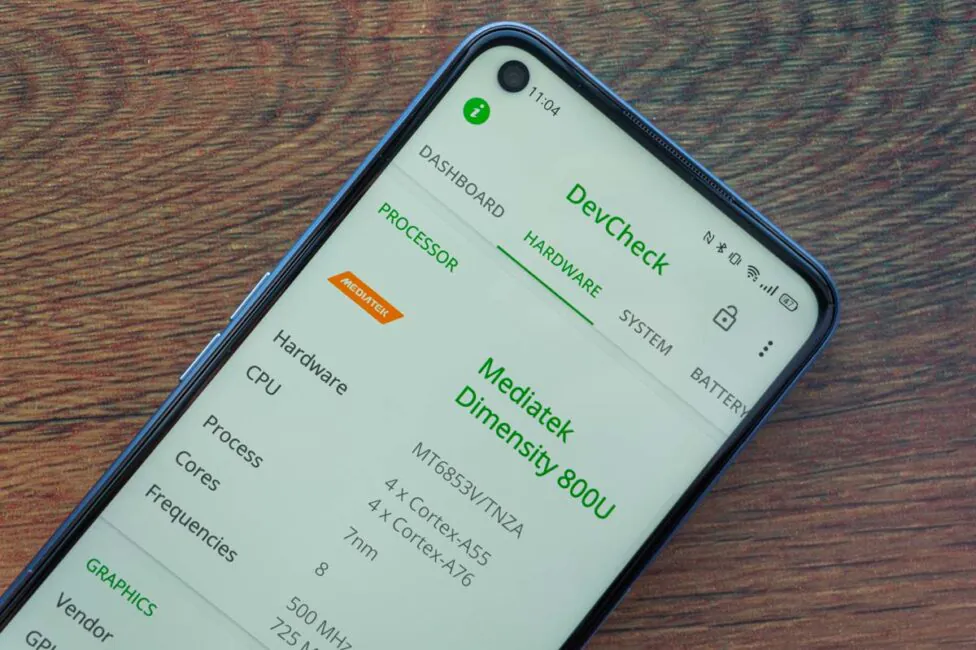
Below you will find a gallery with test results of the Dimensity 800U in various benchmarks. The only pity is that due to the specifics of the test model, it was not possible to run the throttling test.
RAM can be either 6 or 8 GB (LPDDR4x). The test smartphone came with 8 gigs and this is more than enough for a device of this class. 6 GB will be enough for everything, and the storage is the same in every model.
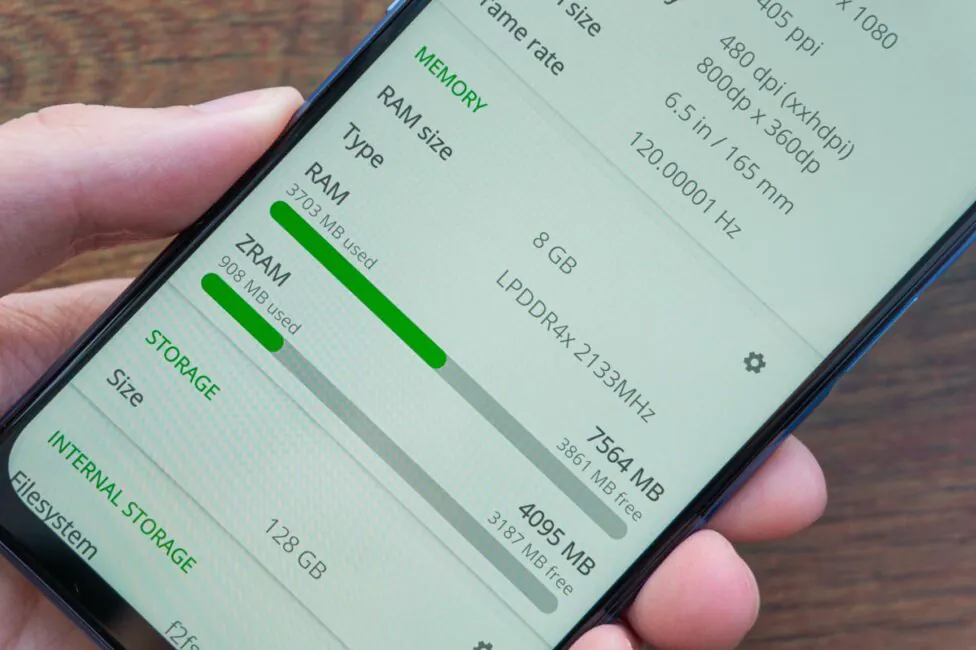
The storage here is 128 GB, the type is UFS 2.1. Only 109.17 GB are free for use. You can expand the storage by inserting a microSD card up to 256 GB. But then you will have to give up the second SIM card.
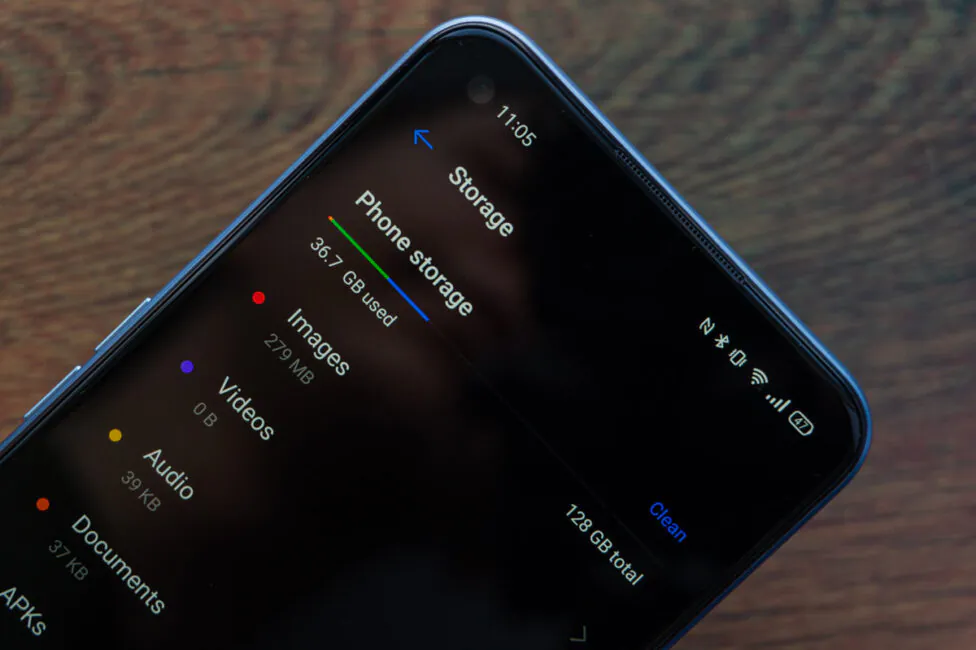
The Realme 7 5G UI is quick and smooth. This hardware runs games great, but due to its rarity there are certain issues with heavier titles: basically you cannot choose graphics above medium or high. Also, the maximum FPS is limited to 30-40 fps. In the titles from the list below, the maximum possible graphics settings were set, and the average FPS was measured using the Gamebench utility:
- Call of Duty: Mobile – medium settings, depth of field and shadows are on, ~ 60 FPS; Battle Royale is ~ 40 FPS (game limit)
- PUBG Mobile – high graphics settings with anti-aliasing and shadows, ~ 30 FPS (game limit)
- Shadowgun Legends – ultra graphics, ~ 42 FPS
The smartphone can run any games mainly on high or medium graphics settings. I am talking about relatively demanding games. Although, of course, you shouldn’t overestimate this chipset. This is a typical performance level for a mid-range smartphone.
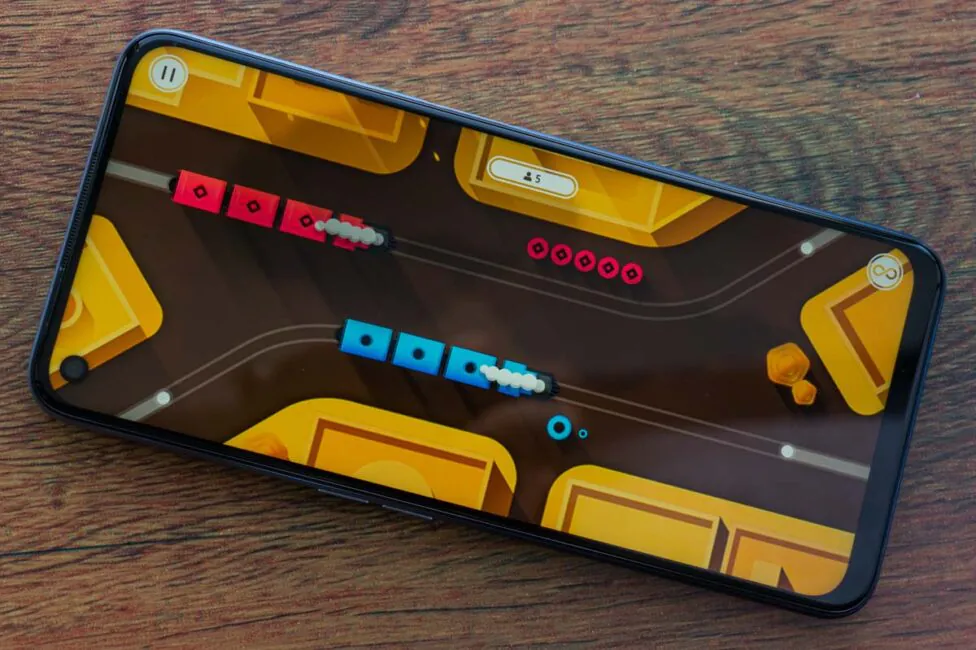
Realme 7 5G cameras

Judging by the specifications of the Realme 7 5G, these are Realme 7 cameras all over again. Hardly surprising. This happens even with the flagship models from well-known manufacturers. In total, there are four cameras:
| Cameras | 48 MP, f/1.8, 26mm (wide), 1/2.0″, 0.8µm, PDAF 8 MP, f/2.3, 119˚ (ultrawide), 1/4.0″, 1.12µm 2 MP, f/2.4, (macro) 2 MP, f/2.4, (depth) |
The main 48 megapixel sensor shoots at 12 megapixels by default; not bad for this segment. In good light, the pictures are detailed and sharp, but the color rendition is not always realistic; sometimes the picture looks a bit unnatural, even with the AI turned off. And if you turn it on, all the scenes appear very bright and overly saturated. If there is little lighting, you should use the night mode. Even makes the pictures lighter and overall better due to the smaller amount of digital noise.
EXAMPLES OF PHOTOS IN FULL RESOLUTION FROM THE MAIN CAMERA UNIT
The ultra wide-angle module is simple enough. It offers less quality than the main one, doesn’t have autofocus, and the white balance is noticeably different. It copes with its main task, of course, but it is suitable only for landscapes. It also needs a lot of light in order to work. The night mode is also supported by the ultra wide-angle mode, and it can improve the situation, but the photos you’ll get will be average at best.
EXAMPLES OF PHOTOS IN FULL RESOLUTION FROM ULTRA WIDE ANGLE MODULE
Macro is exactly the same, this module craves light even more. You can play around with it, but again, these photos are hardly useful. The focus is fixed, the recommended distance to the subject is about 4 cm.
MACRO PHOTOS IN FULL RESOLUTION
Video can be recorded in 4K resolution at 30 fps or in Full HD at 60 fps on the main camera. Ultra-wide lens supports maximum Full HD with 30 fps. If we talk about 4K on the main module, then it is worth noting the absence of any stabilization, which is why the overall impression of the video isn’t very good. Yes, you can use software stabilization, but the problem is that then the overall capture angle is greatly reduced, which is not good. At the same time, there is okay stabilization in Full HD and 60 FPS, so this format seems optimal.
Read also: Realme X3 SuperZoom review – Affordable Flagship with Snapdragon 855+
The 16MP front camera (f/2.1, 1/3.06″, 1.0µm, 26mm) is just fine. The detail is average, but the colors are correct. Nothing special, just a normal front-facing camera.
The camera app is usual for Realme smartphones and Realme UI shells. In addition to traditional modes, you can also use an additional tripod mode in the night mode, and it is even more effective, but you need to hold the smartphone still for several seconds. There is a portrait mode with bokeh, text scanning, manual mode, panoramas and several additional modes for video.
Unlocking
The Realme 7 5G can be unlocked by two methods: a fingerprint scanner and a front-facing camera with face recognition. And the scanners are marvelous. Unlocking occurs instantly, there are practically no errors; it is definitely one of the best capacitive scanners today. In addition, do not forget about the convenient location.
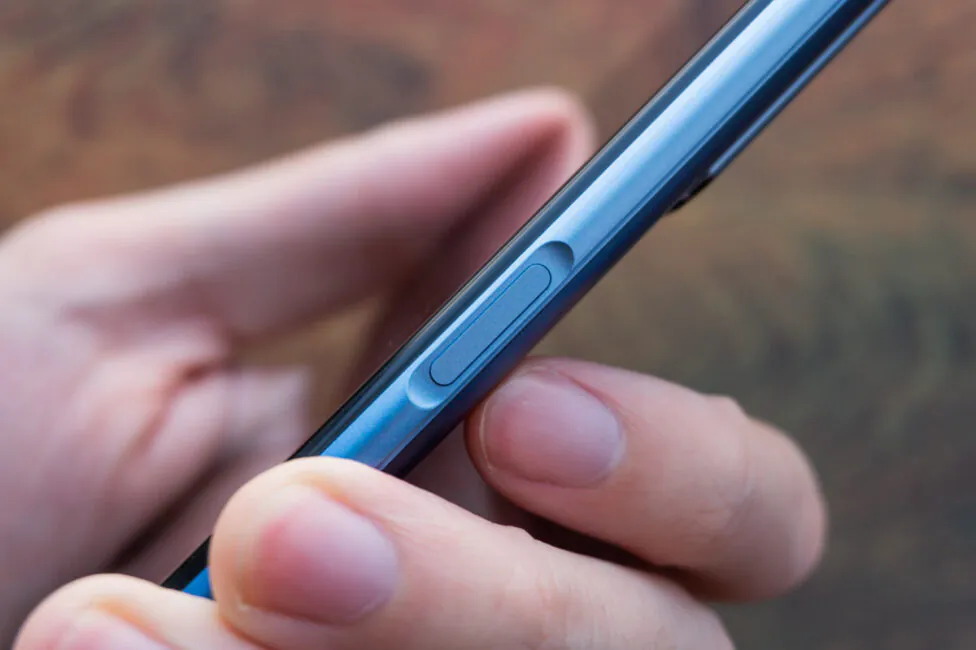
The settings are extremely simple: the scanner can be used to unlock the screen, apps and the personal safe. A certain fingerprint can be assigned to applications and, most importantly, you can select triggering method: touch or press. In the first case, the platform will always read your finger, which often leads to false positives when you just hold the phone in your hand. The second one requires pressing the button and for me it is the most optimal option.
The second unlocking method works fine too. If there is light around, unlocking is often very quick. I would not say that it is faster than a capacitive scanner, but it’s close. With worse lighting, the process is slightly delayed, but in most cases it will also be completed successfully. Of course, in complete darkness you won’t be able to unlock your smartphone with your face, but if you need it very often, there is a fix in the settings.
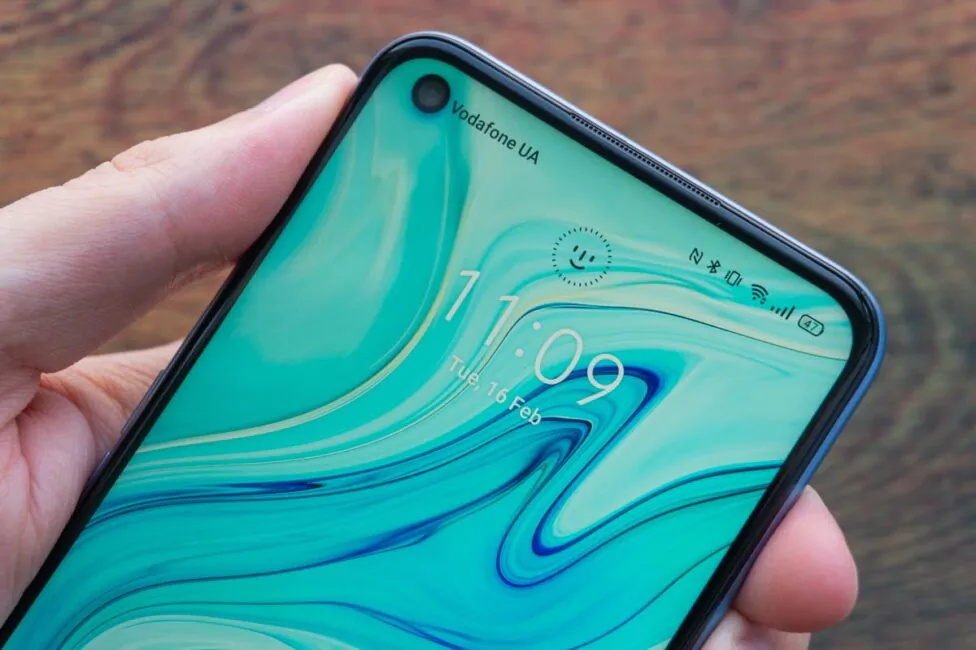
Among other options, you can choose to automatically increase the brightness of the display. That way the screen turns completely white and stays lit until the wearer’s face is recognized. Not very comfortable for eyes in complete darkness, but it works. You can also choose automatic unlocking or with a preliminary display of the lock screen and the need to make an additional swipe up. The ability to unlock only with eyes open has not gone anywhere.
Battery life
The the built-in battery here is 5000 mAh, which is quite good. The smartphone has enough juice for two days of work with a very decent 8-9 hours of screen time. And this is really cool, given the considerable size of the display and 120 Hz mode.

Even very active users will definitely get out a day of work out of it. The less active can count on at least one and a half, and sometimes even two days without recharging. Of course, I ran the PCMark Work 2.0 test with maximum display brightness and got 9 hours and 12 minutes.
Unfortunately, I could not check charging speed with the bundled adapter and cable. However, according to the manufacturer’s assurances, 100% of the battery is charged in 65 minutes. Also Realme 7 5G can share energy with other devices with the help of USB-C/USB-C cable.
Sound and communucations
The earpiece speaker in the smartphone is good, with a decent headroom and okay quality. Unfortunately, it does not play along with the main one when playing multimedia. The latter sounds loud, but the frequency range is not very well balanced. The high frequences are a bit much, while the rest hardly enough. You can listen to music, but the Realme 7 Pro with stereo speakers sounds a lot better.
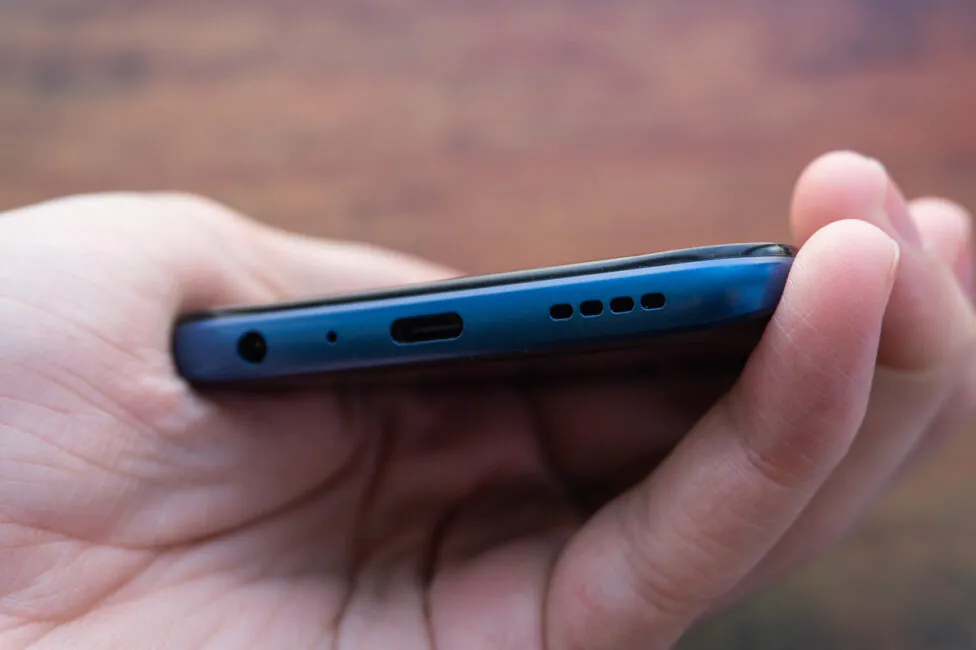
The sound in the headphones is quite good. In addition, Dolby Atmos effects work with wired and wireless headphones. There are four profiles in total: Dynamic, Movies, Game, and Music. Each influences the sound in a way corresponding to the name, but if you don’t want to switch manually every time, then Dynamic is the best choice. There’s an intelligent and graphic equalizer available.
Read also:
- Realme Buds Air Pro review: Flagship ANC true wireless earbuds
- realme Buds Air Neo TWS Headset review
Realme 7 5G obviously supports 5G networks and is equipped with all the other wireless networks. There is a dual-band Wi-Fi 5, Bluetooth 5.1 (A2DP, LE), GPS module (A-GPS, GLONASS, BDS) and NFC with contactless payment support. They work as they should.
Firmware and software
There’s a proprietary Realme UI 1.0 shell on top of the Android 10 operating system. It is convenient, with a fairly wide range of features and means of customizing. For example, you can change the style of icons, the display mode, various kinds of gestures, and virtual buttons for full-screen gestures. You can add a smart panel for quick access to selected apps and actions.
There is an app cloning ability, a split screen and a number of features in the Realme laboratory: sharing music while simultaneously using wired and wireless headphones, smooth scrolling and hard restriction of any background activities and processes to save battery power during nighttime.
Verdict
Undoubtedly, the main feature of the Realme 7 5G is the new chipset with support for 5G. The new Dimensity 800U demonstrates okay level of performance and, which is important, is great in terms of power consumption. The smartphone lasts for a really long time and excellent battery life is its second great feature. Naturally, 120 Hz display is also a plus. So if you desperately need a relatively inexpensive 5G smartphone, this is a decent option. But on the other hand, 5G is not widespread yet, so the obvious question arises: is it worth considering Realme 7 5G in places where there is no 5G yet?
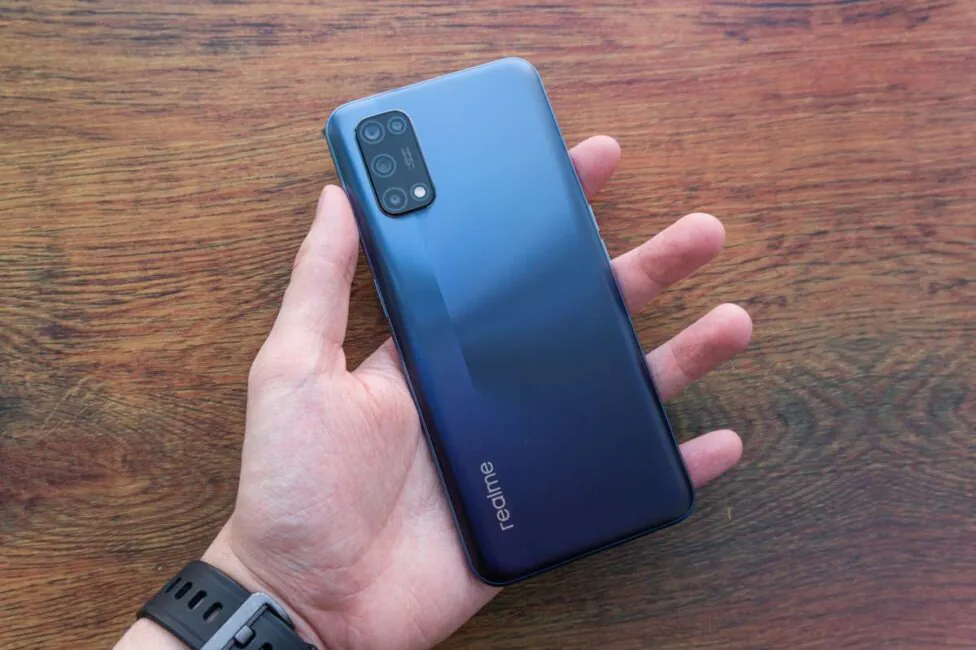
To answer it, just compare the Realme 7 and its 5G version. What is there except for the new generation networks? A “faster” 120 Hz screen and 7nm Dimensity 800U versus 12nm Helio G95, that, in theory, offers slightly better battery life. It is clear that the new device is more future-proof, but here and now there are not that many differences. And if they don’t matter to you, and even more so if you want to save money, you should probably choose the classic Realme 7.

Subscribe to our accounts:


